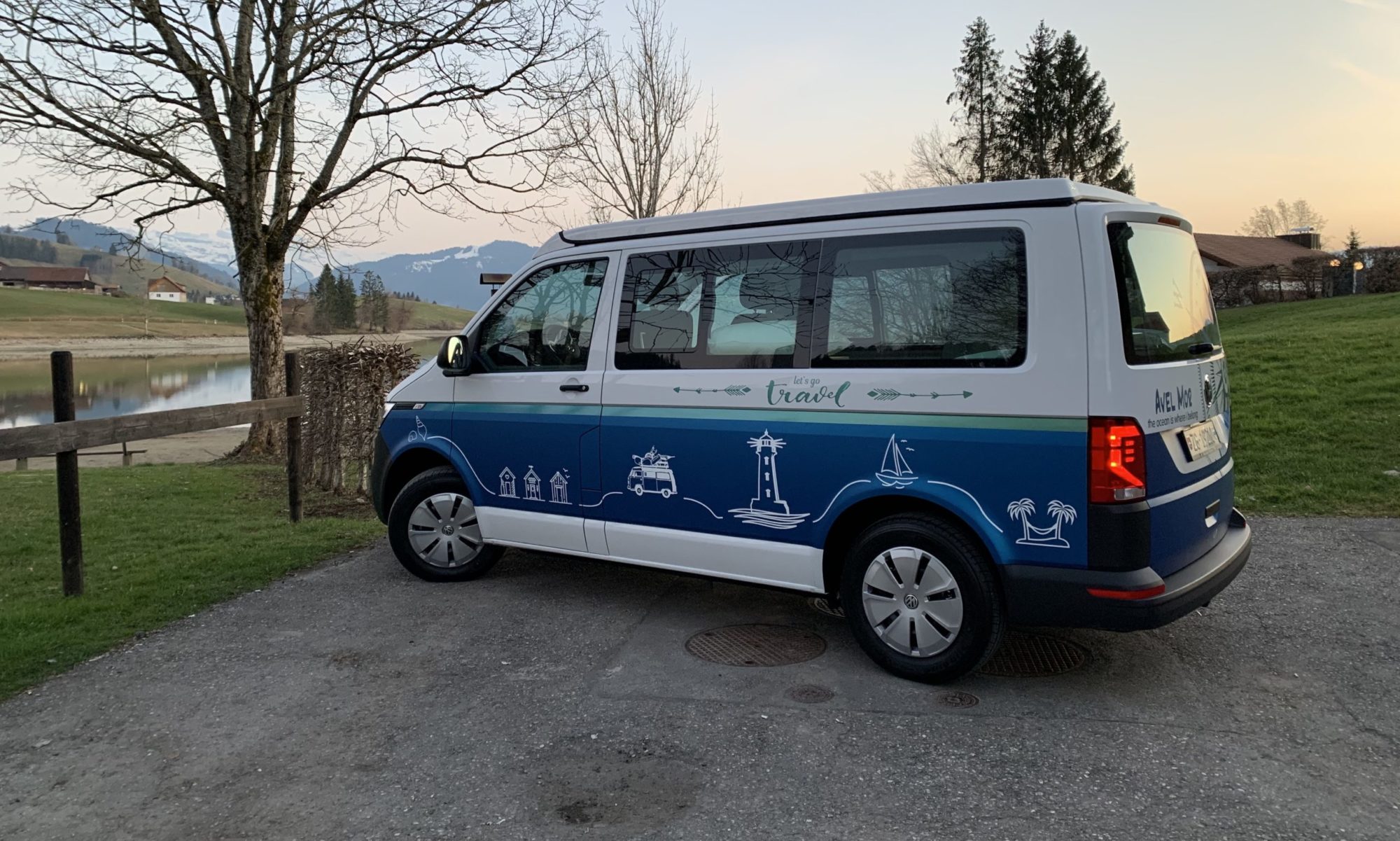My transfer man is waiting at the airport and takes me to the hotel. Check-in is a bit faster than last time – my passport copied a second time. I even get a room with a real window – but the door opposite is the one leading to the terrace and is constantly rattling with the strong winds. Again, I wake up in the middle of the night and this time it’s the air-con machine on the roof just outside my window that’s making a noise. I don’t like this hotel! Well, one more night.
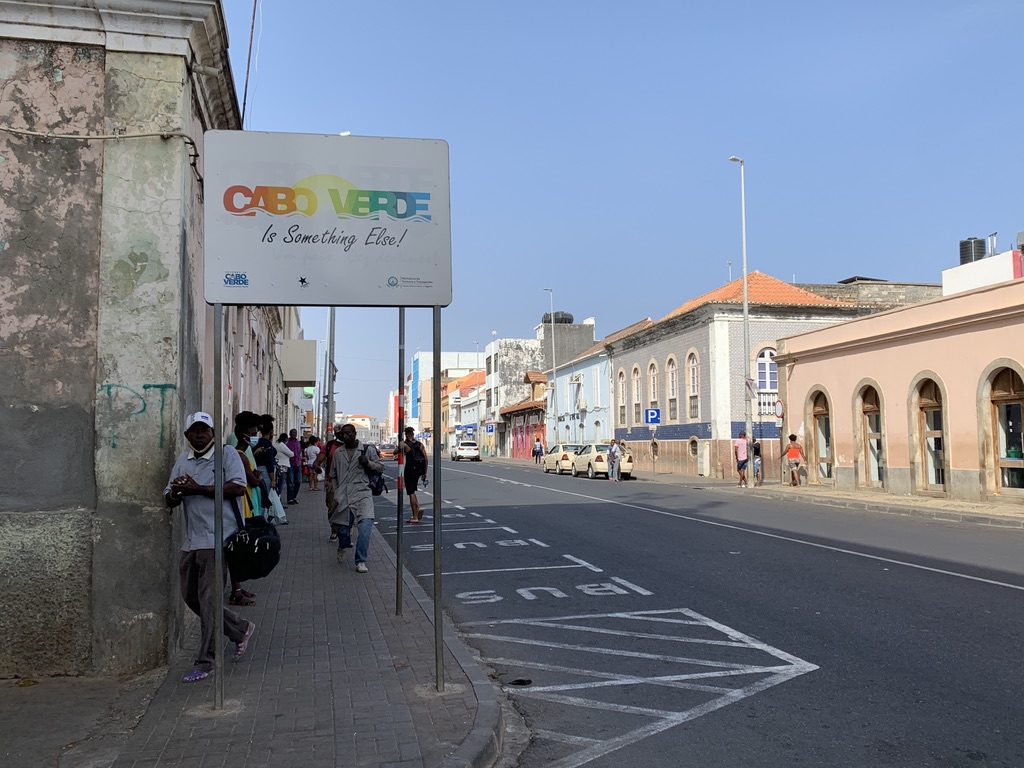

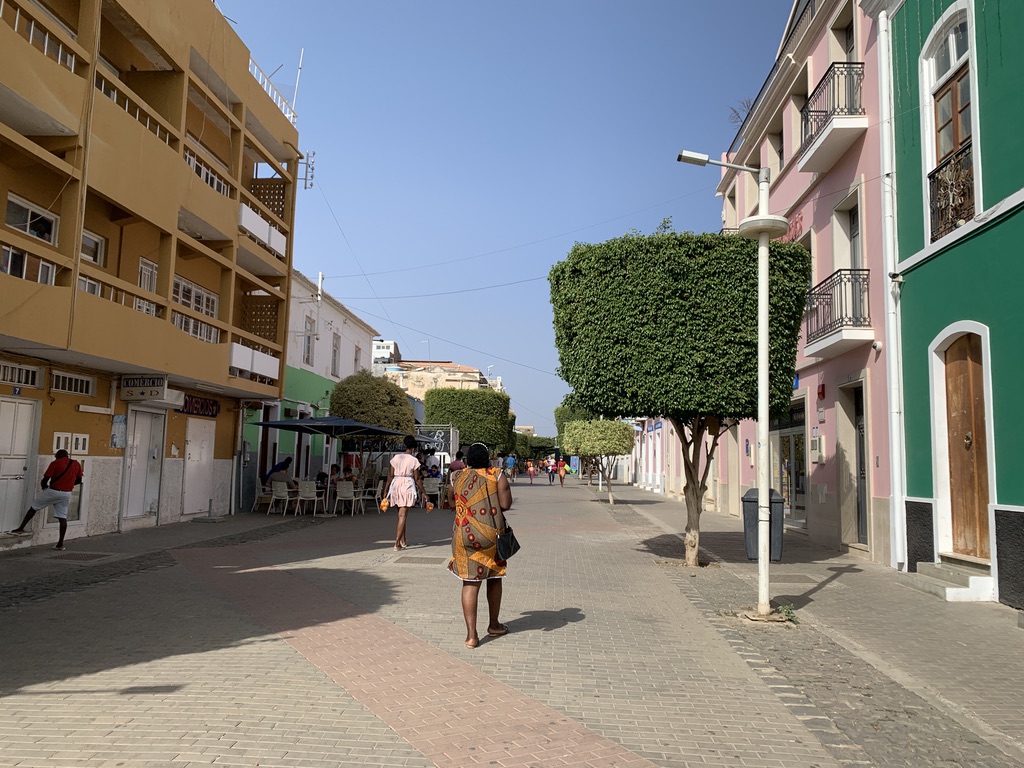

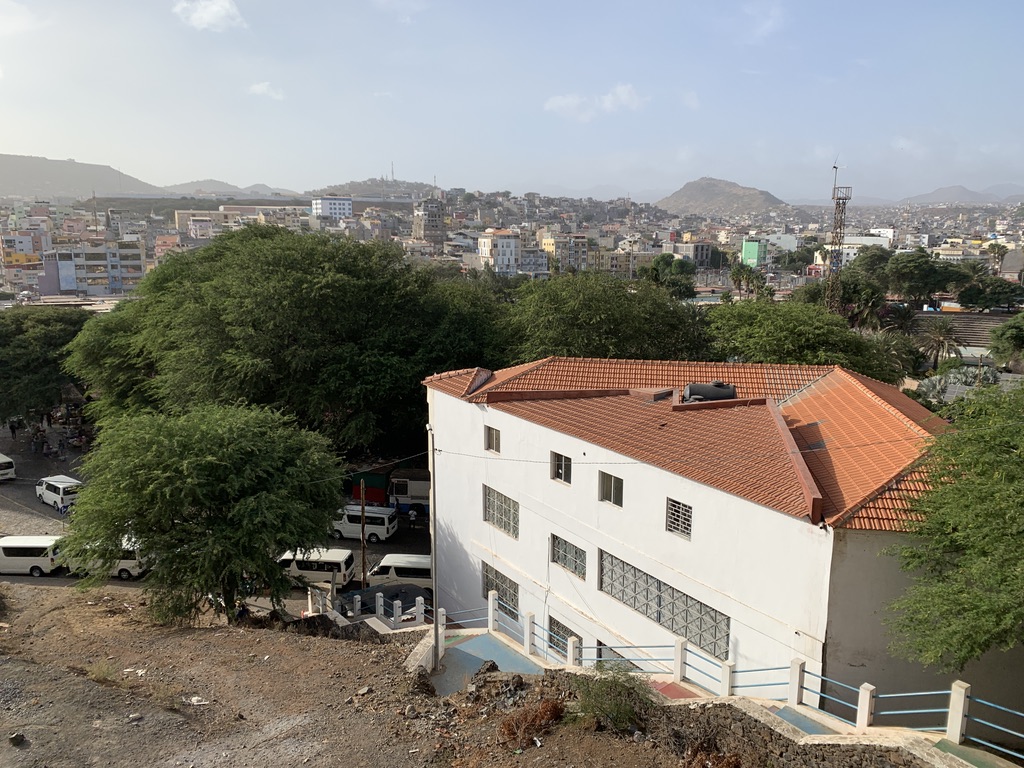
Then I stroll down from the “Plateau” – the city centre area, which is actually located on a tableland, a plateau – down to the African market of Sucupira. It is an African market, all right! I find true wax fabrics as well as African cosmetics, Thiouraye parfume – the one you which is said to be unresistable to men! – even calabash and fire stoves – and a whole load of European second-hand clothes – heap after heap!
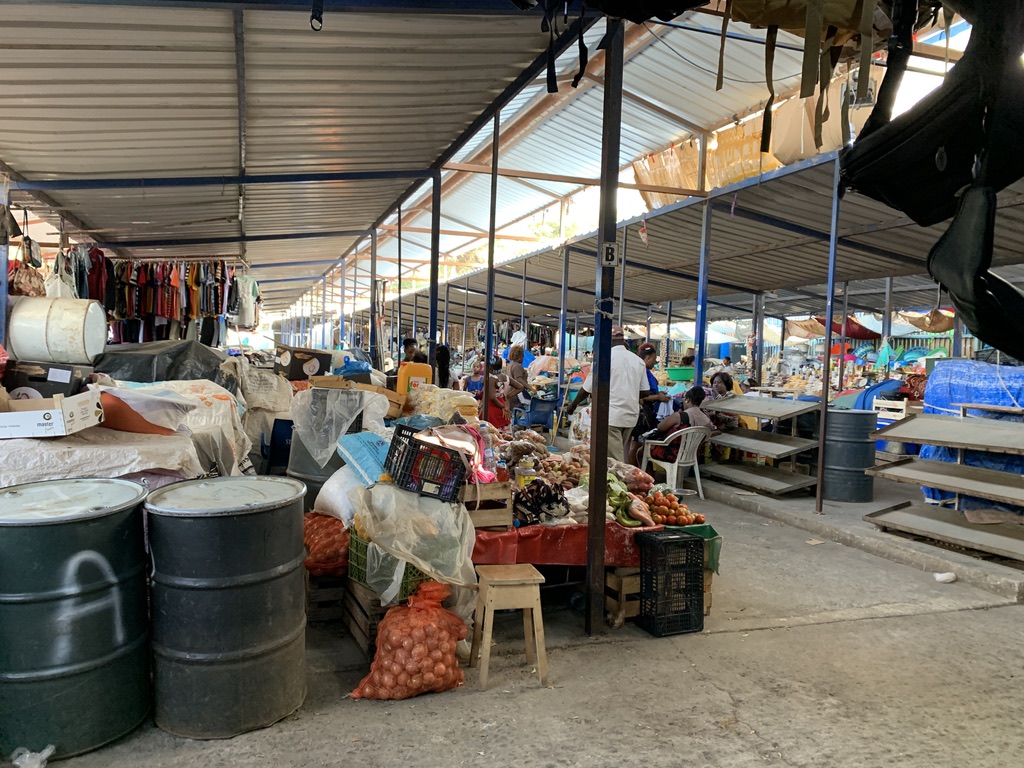

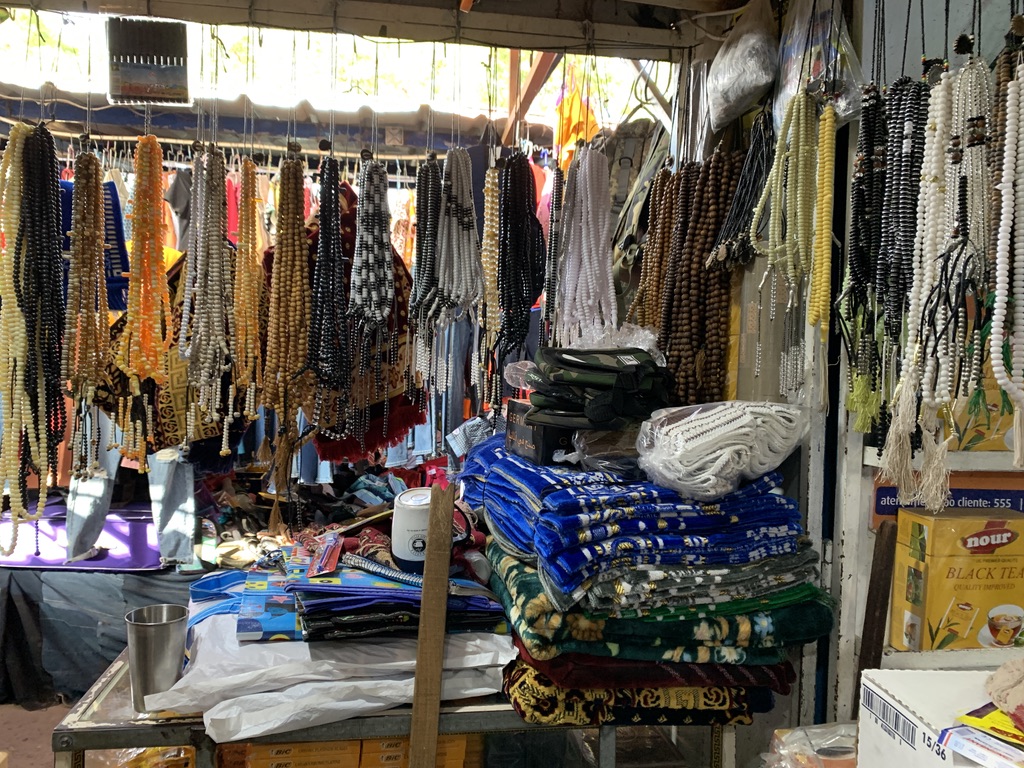
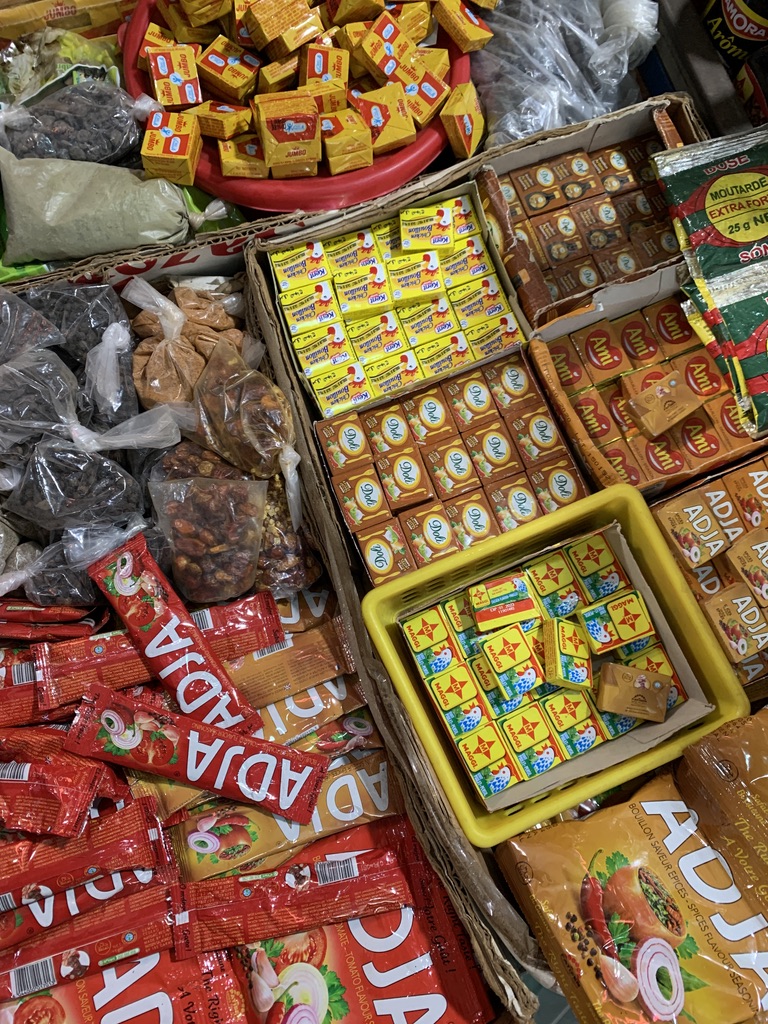
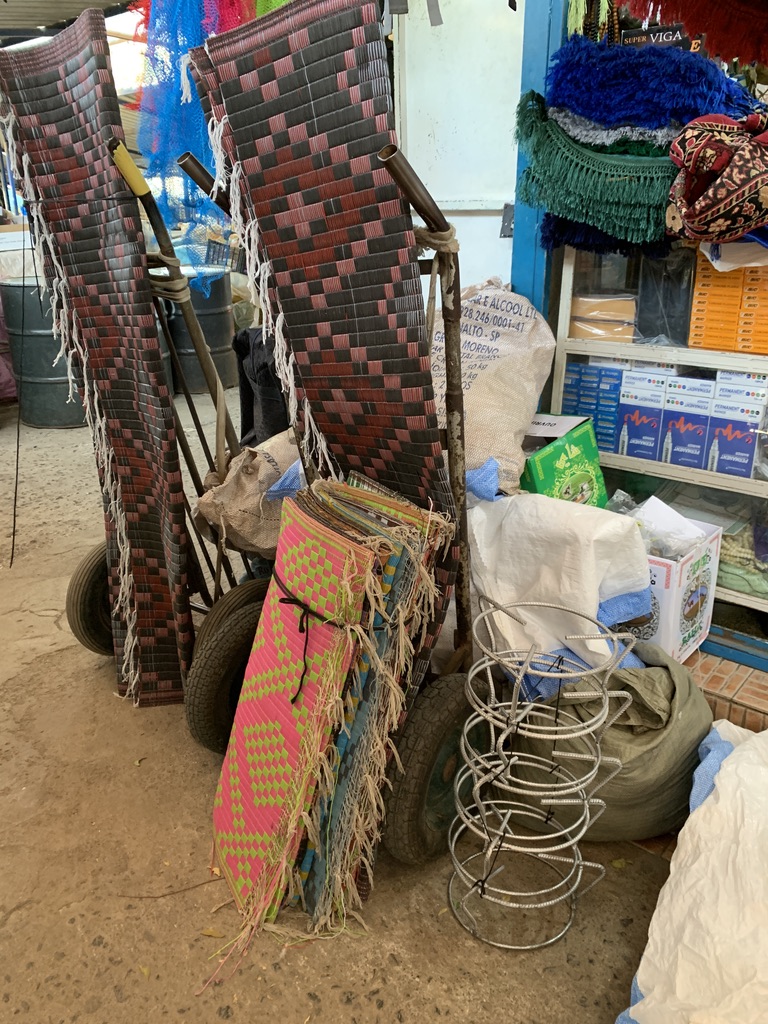

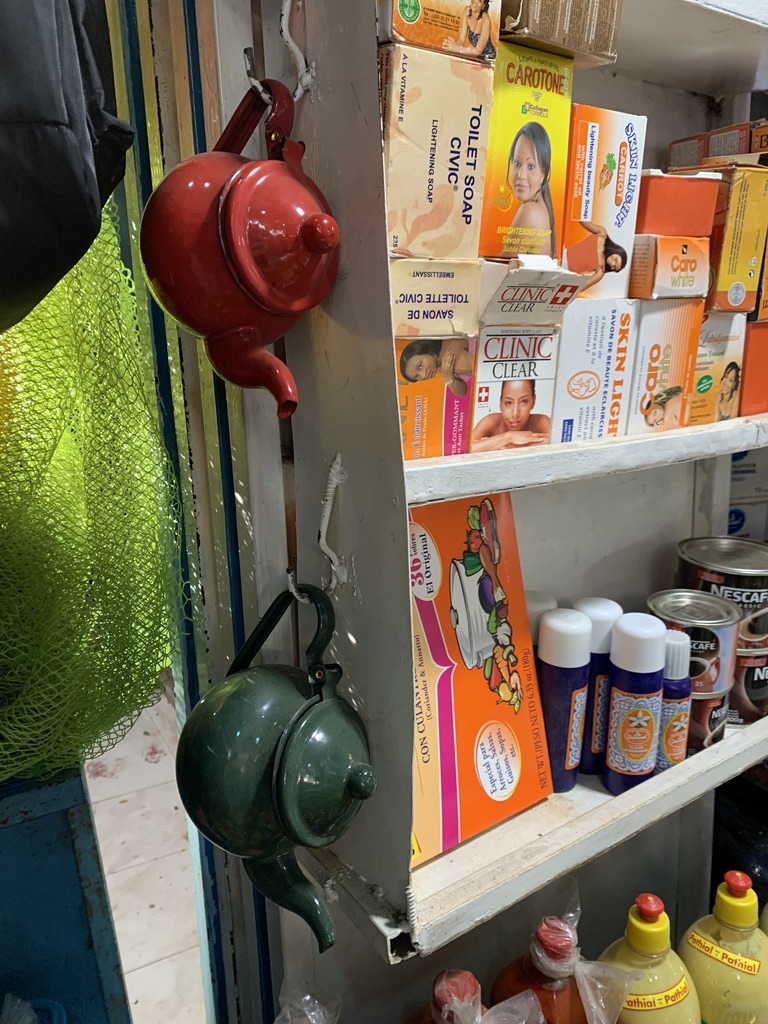
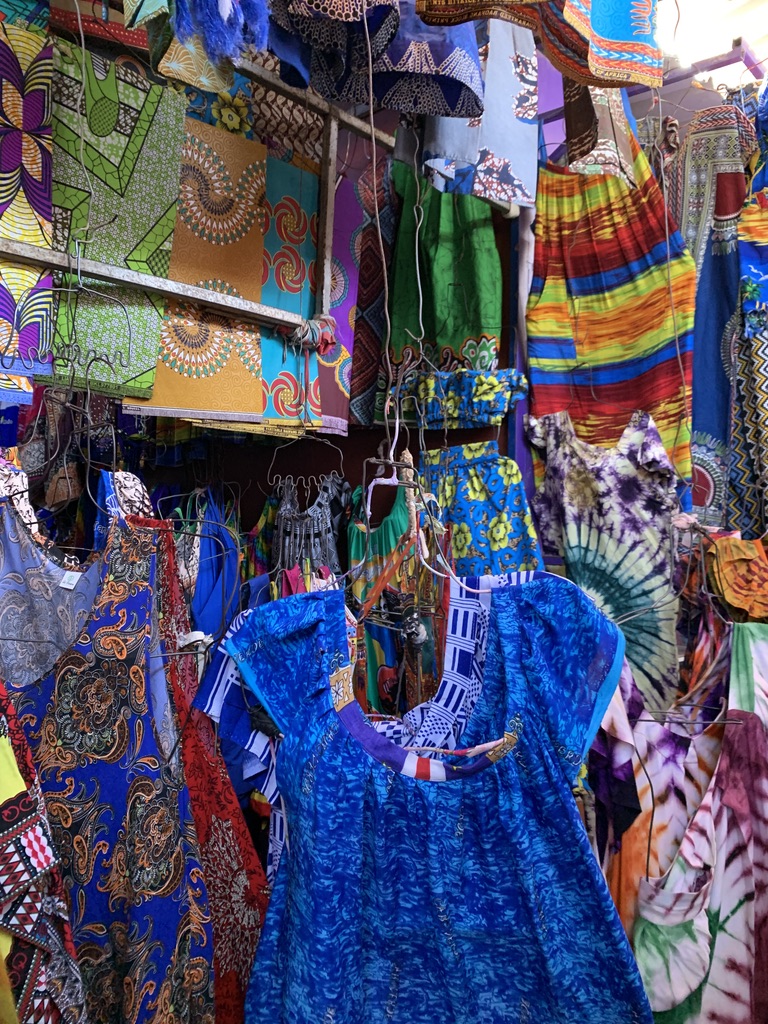
I’ve seen this before – that’s where it goes, our “charity” second-hand stuff, sold to third world countries. The sellers keep the “stuff” in huge metal barrels. Some display it disorderly in heaps, others have the “stuff” sorted, short trousers, long trousers, shirts, skirts, children’s clothes, bras, underwear… the vendors have constructed a roof of sun-sails but with the strong winds it comes down and you actually have to bend down to walk under it. It’s impressive.
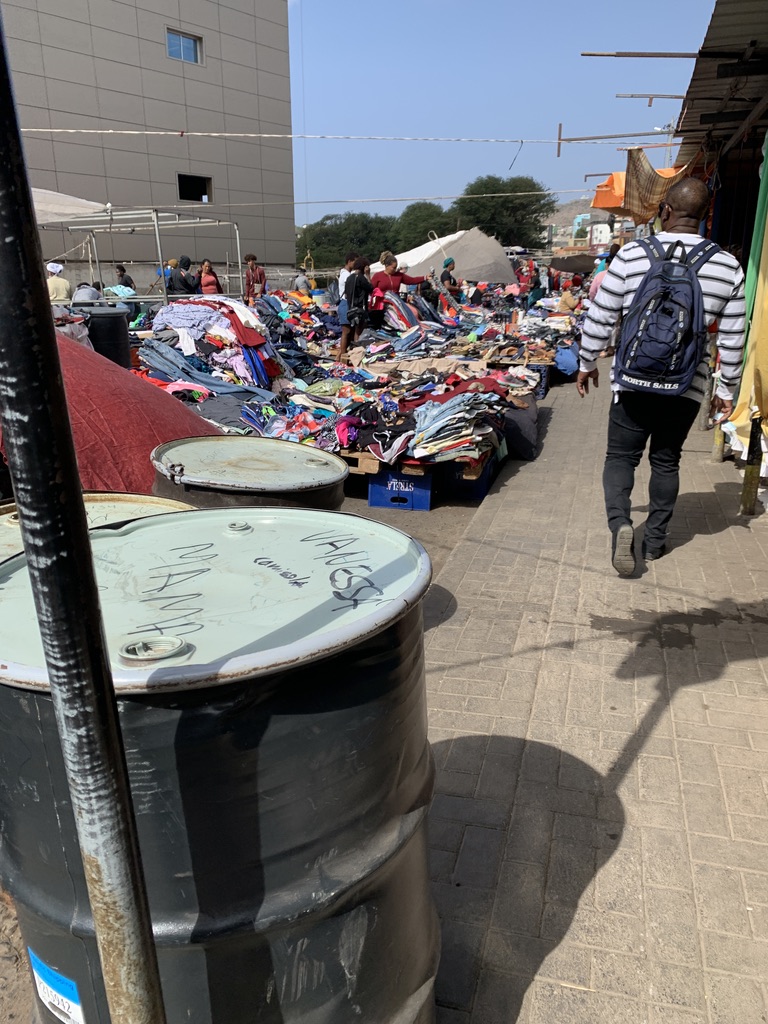
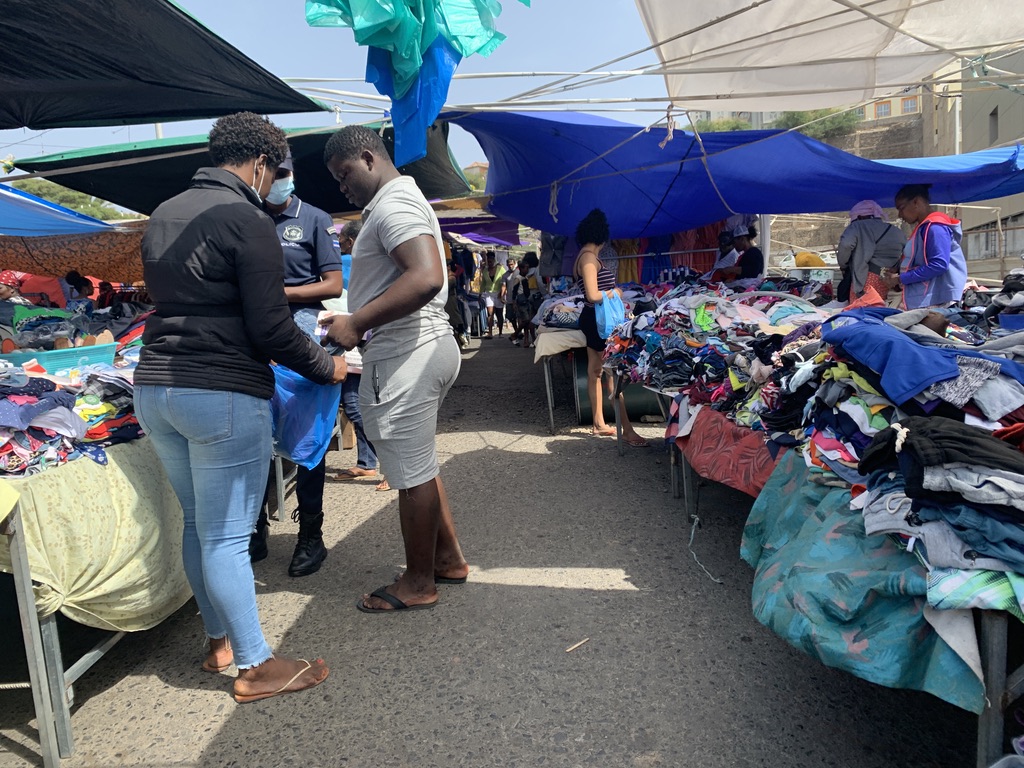


Unlike in other African countries I walk around the market almost unaddressed and unmolested and also the Thiouraye seller does not exceed the normal price. I start chatting with him. He’s a Peul from Guinea Conakry: “We don’t have time to bargain here as over there,” he says, meaning Western Africa. Yes, Cabo Verde is Africa light! Still, here, admidst all these tailors and colourfully dressed market women I feel very much “at home”.
I go back to have dinner at Kaza Katchupa where I quite liked it last time. The caprese salad with the cheese from Fogo is really nice. I didn’t want to have a copious meal – but Caipi is a must!
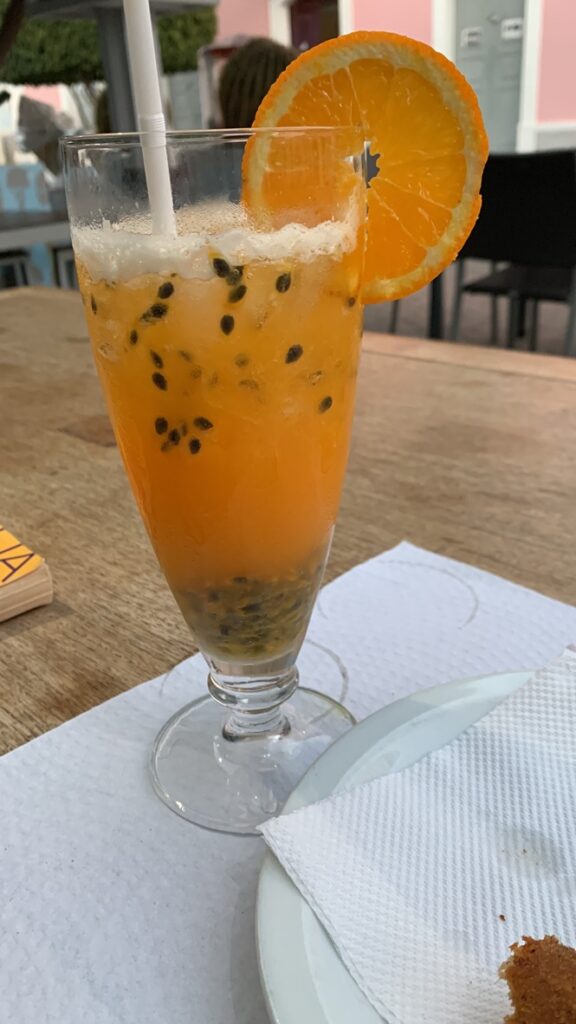
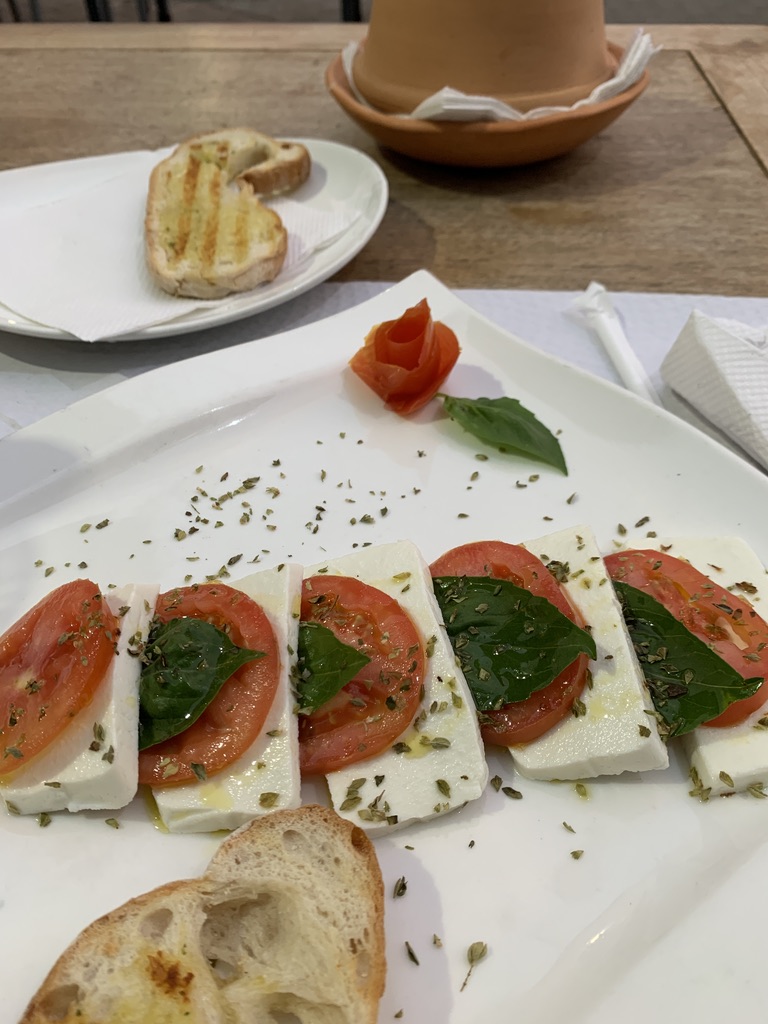
My last day in Praia is a Sunday. The African market is going on also on Sunday – the rest of the city is deserted. I take an aluguer to the old city of Cidade Velha – or rather the remains of it.
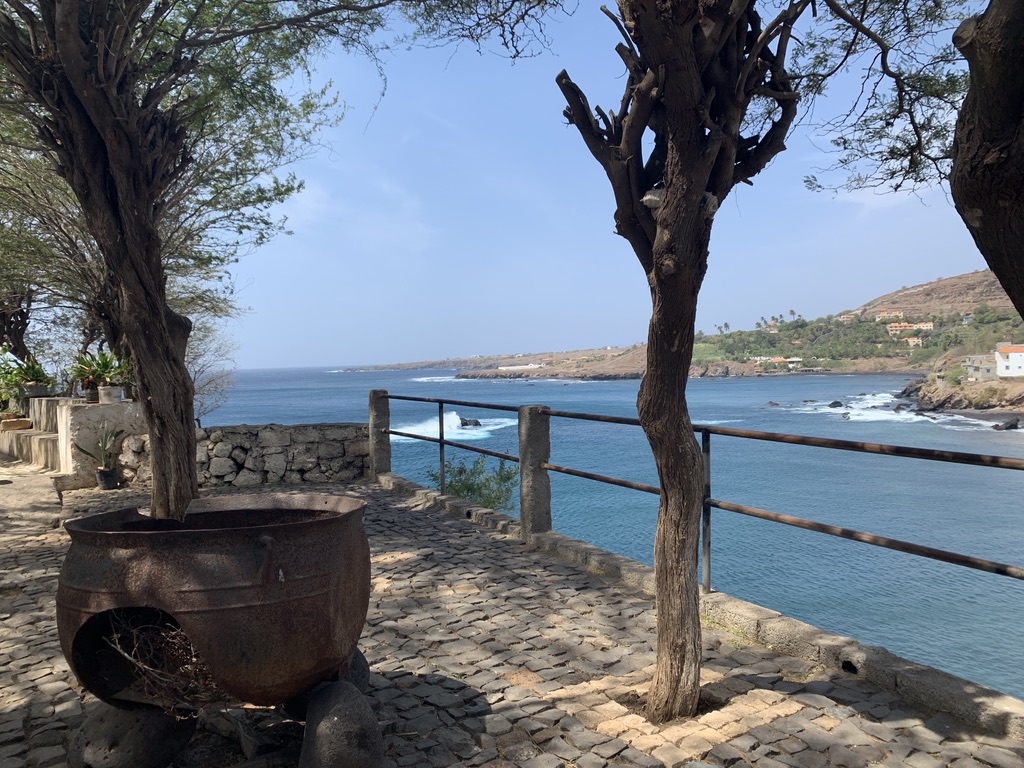
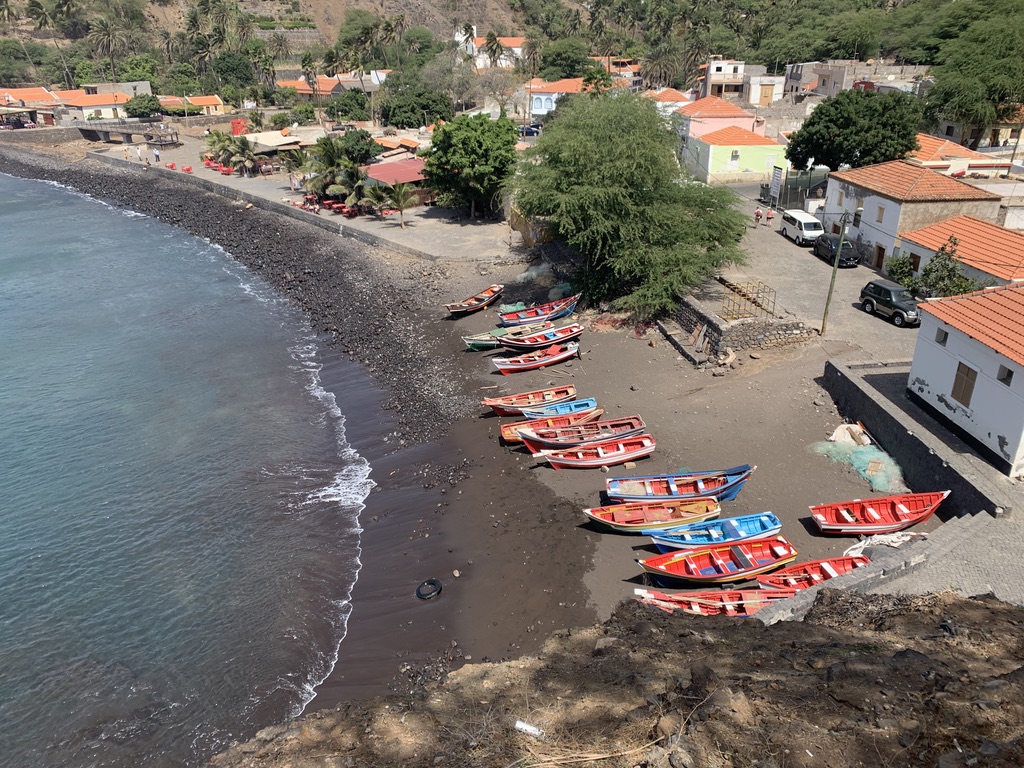
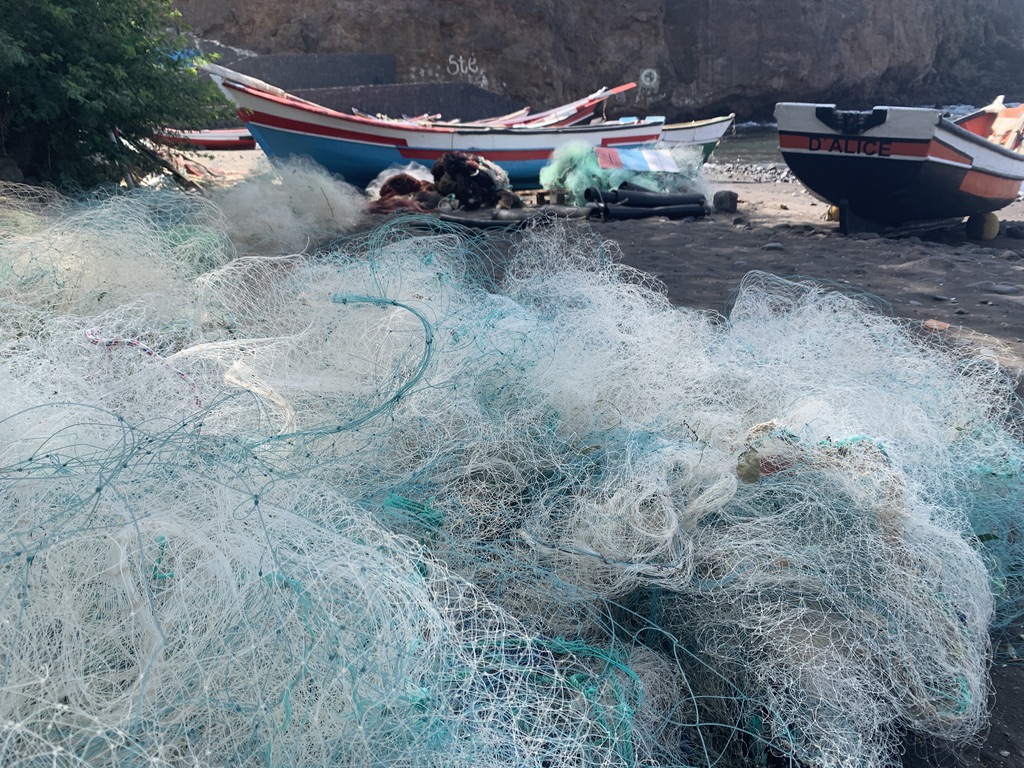
This place, formerly Ribeira Grande, is where the history of Cape Verde began. In 1497 Vasco de Gamma paid the place a visit, who discovered later India on the same journey. At that time Ribeira Grande had some 1’500 people living there and became a ‚cidade‘ by 1572. There were several churches and the Portuguese ships that called on their journey to India and Brazil, were watched over by a fort. Even though it had to withstand several attacks Ribeira Grande continued to grow. In 1693, when the huge cathedral was completed, it had a population of about 2000, many of them slaves, who were working in the plantations up the valley.
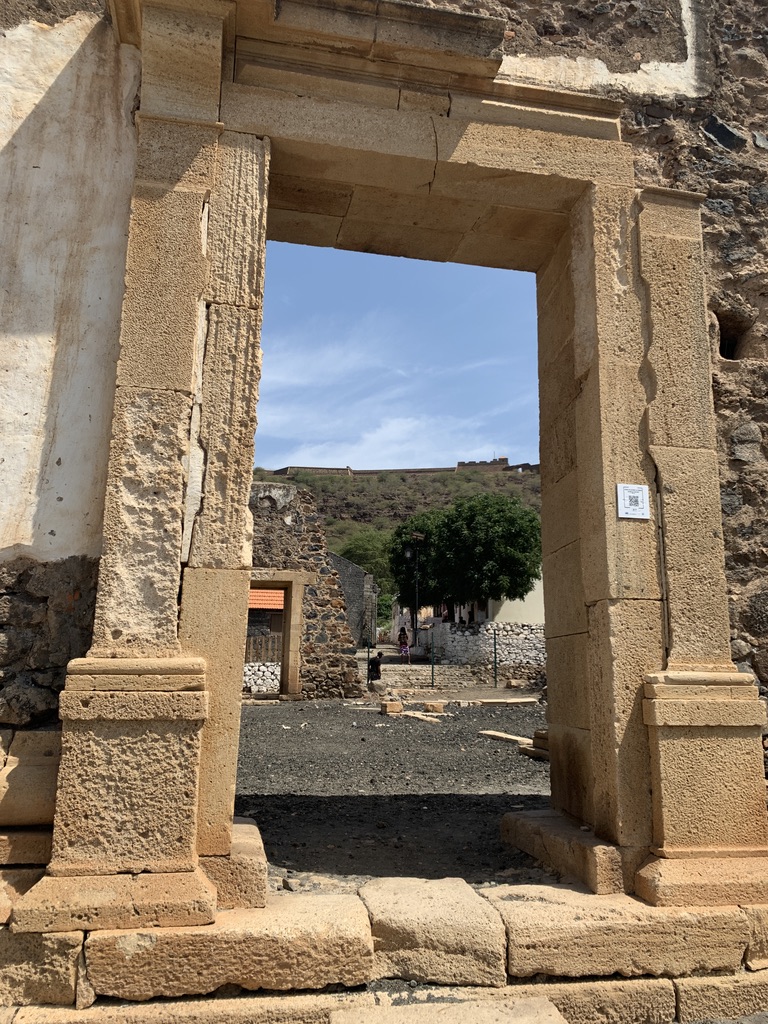
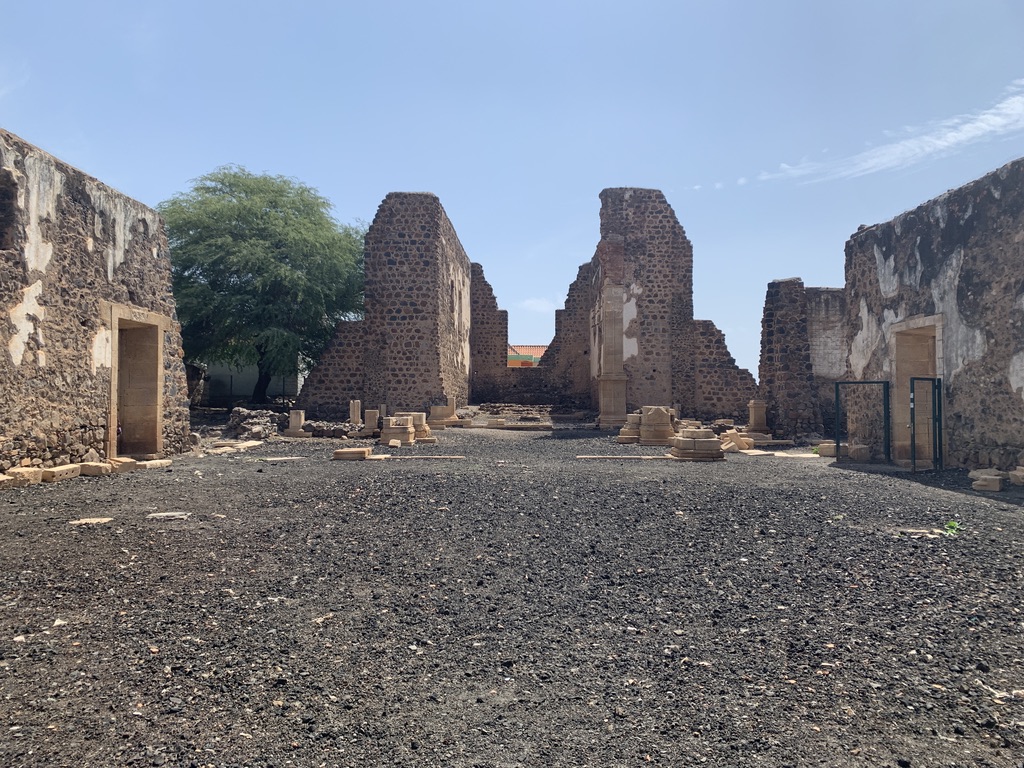

But after the French raid in 1712 life moved to Praia and Ribeira Grande became Cidade Velha, the ‚old town‘ a touristy village with a few famous ruins. Still, it was the first European city in the tropics and has become UNESCO World Heritage in 2009. The pillory in the centre of the place reminds one of the history of slavery and Jesuit history. The Igreja de Nossa Senhora do Rosario is actually the earliest documented church in the tropics.
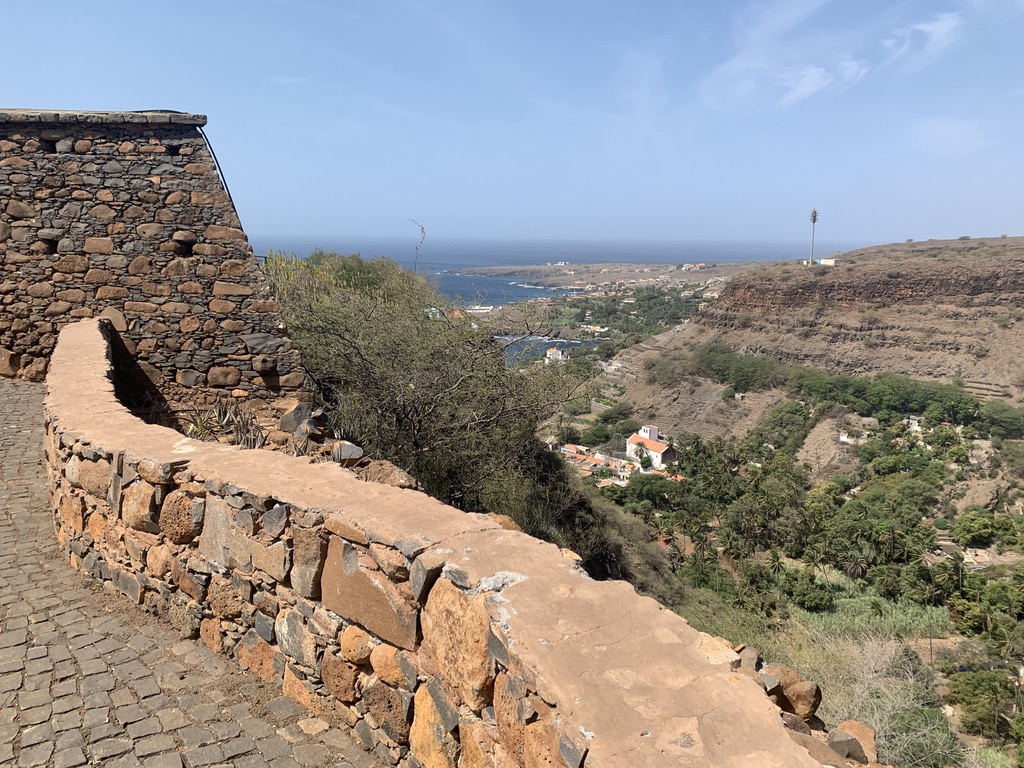


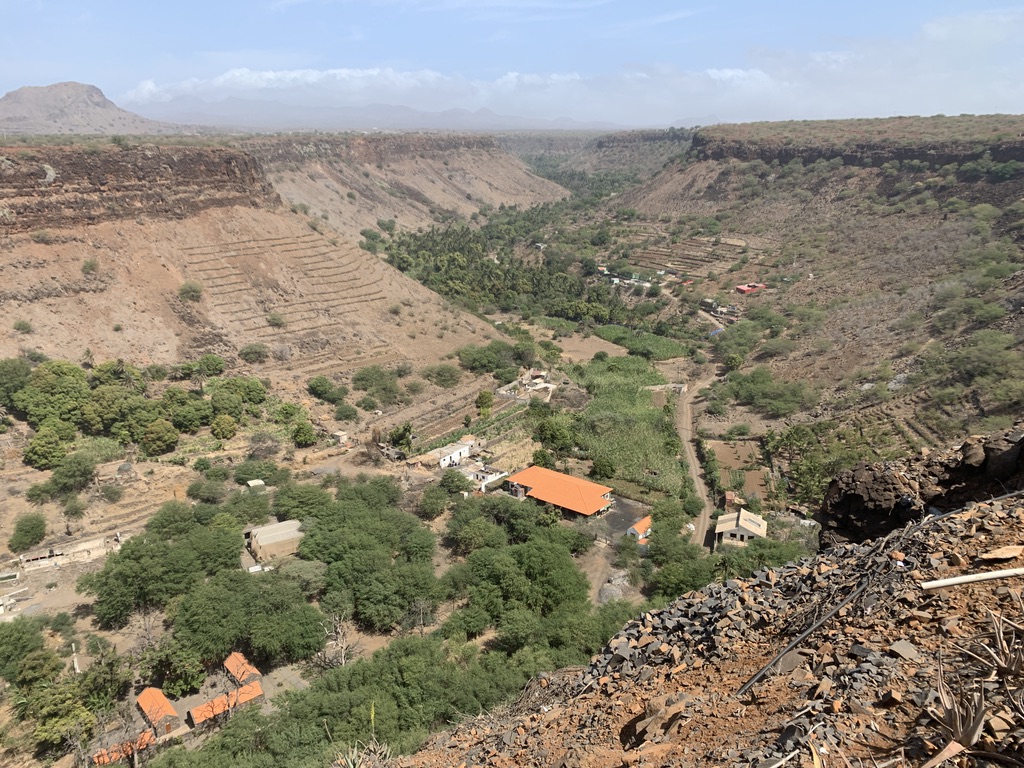
I walk up the steep stairs to the reminiscences of the fort. I’m a bit worried, first, about the steepness of the hill, but soon realise that I’ve improved, and it takes me only about 10 minutes to get there – even though I’ve succeeded to make it again at midday! The view is spectacular and the wind strong. Then, I stroll through the ruins of the once so grand cathedral, down along to the black sand beach and over to Igreja de Nossa Senhora do Rosario. In Banana Street one gets a feel of what life must have been back then. A few women are advertising their African souvenirs and goods. I’ve seen most of it and am not really interested but buy two small mangoes. Then I finish Chinua Achebe’s “Things Fall Apart” in a nearby café – how appropriate! – before an aluguer takes me back to the capital.
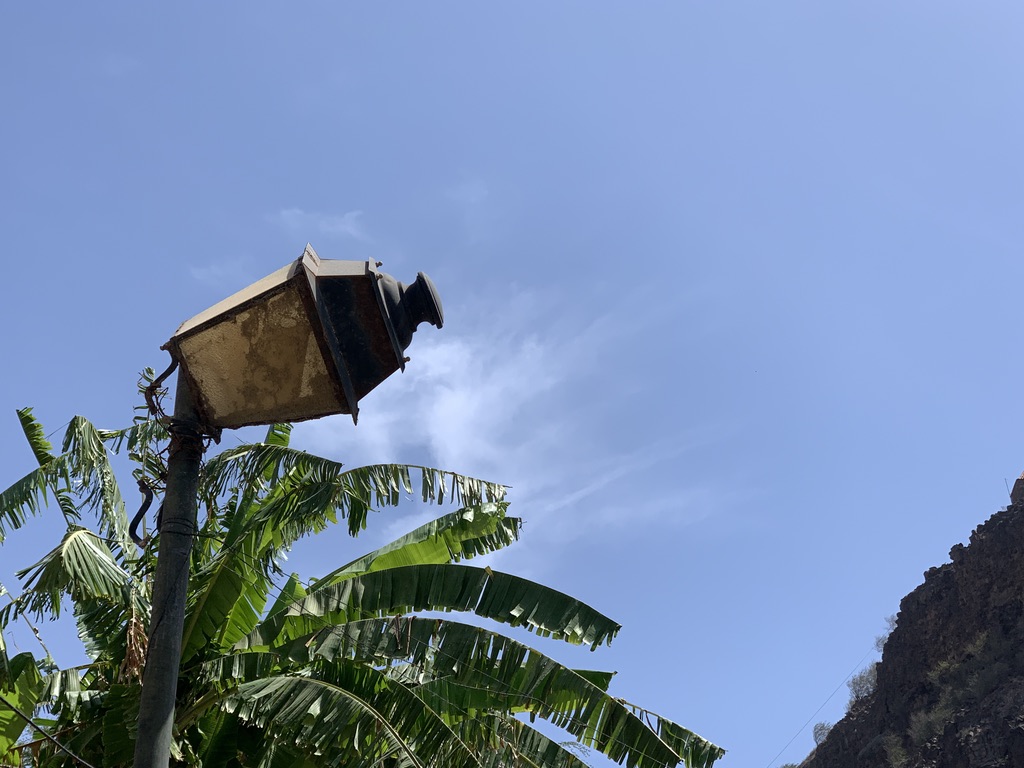
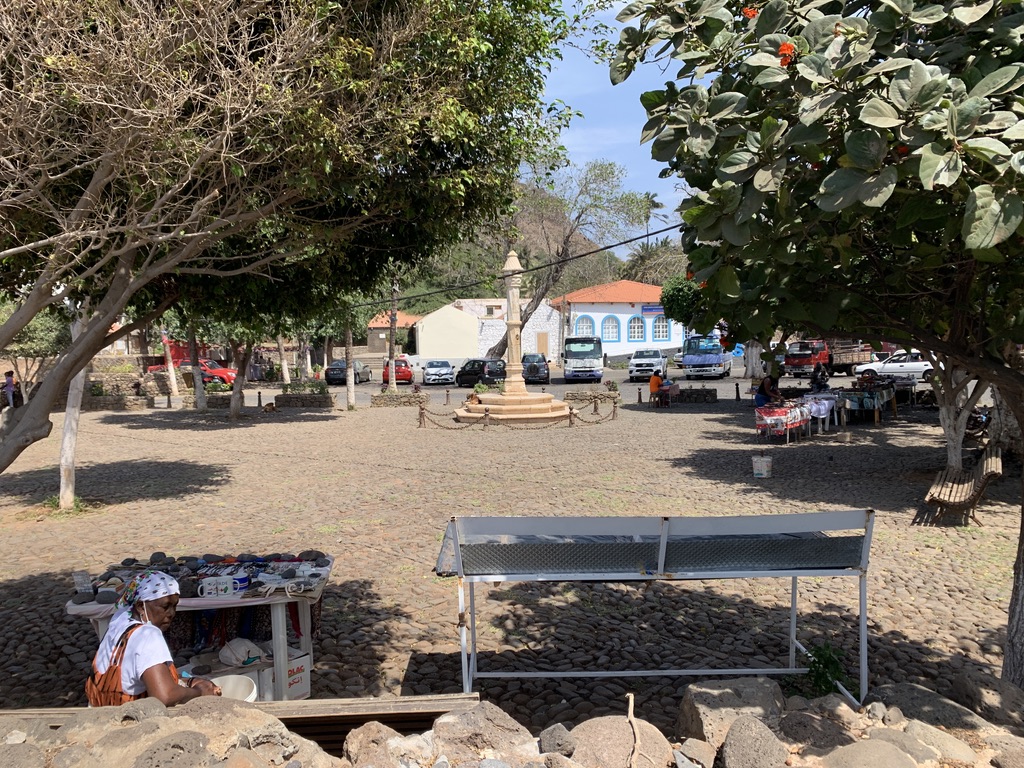
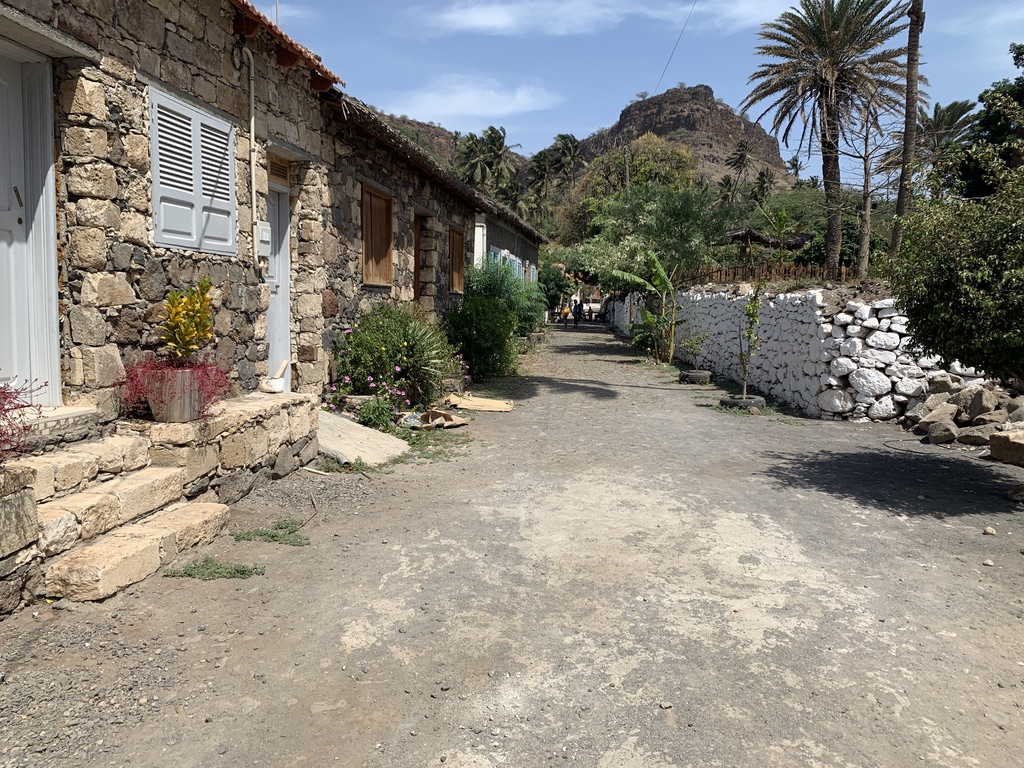


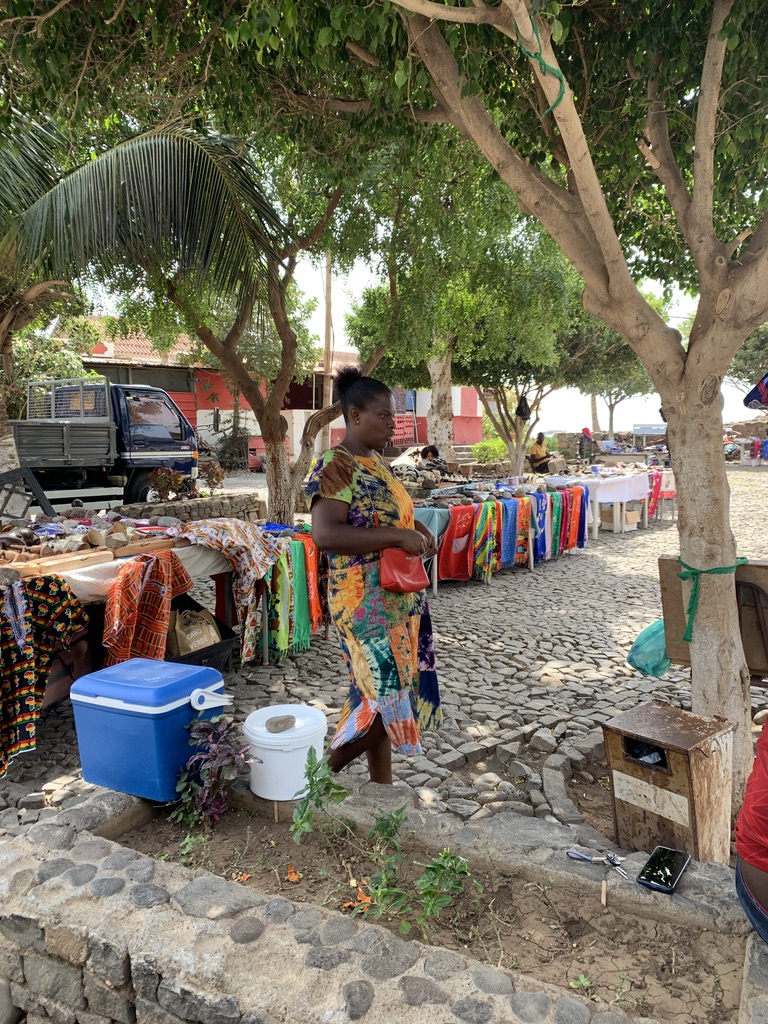
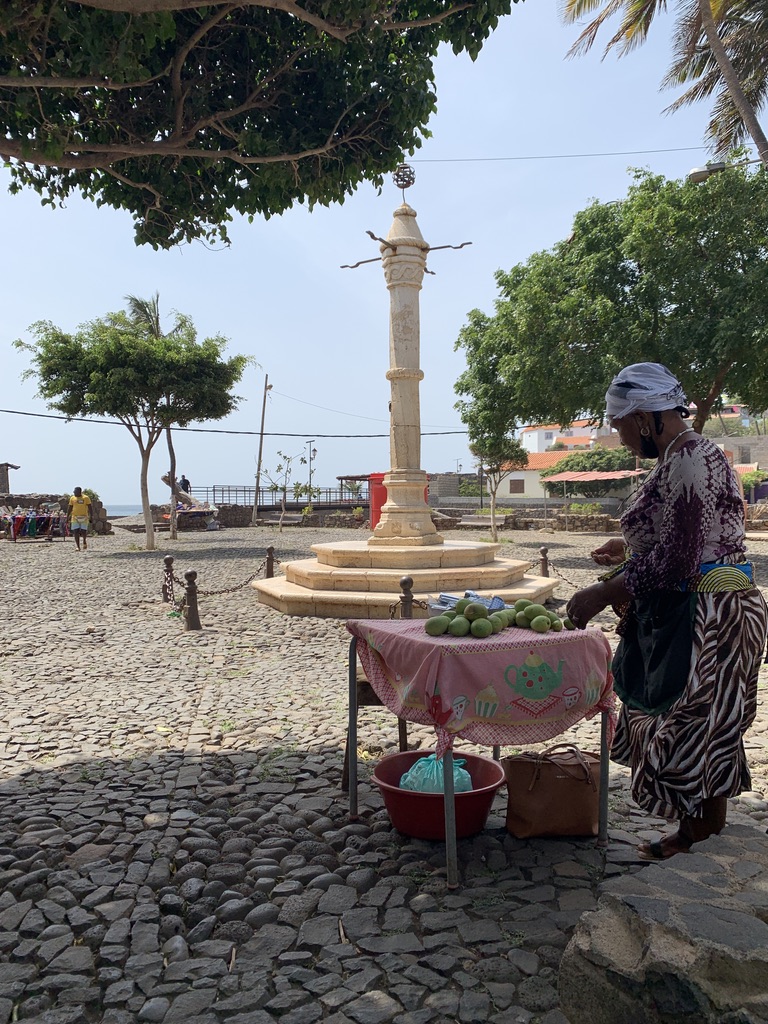
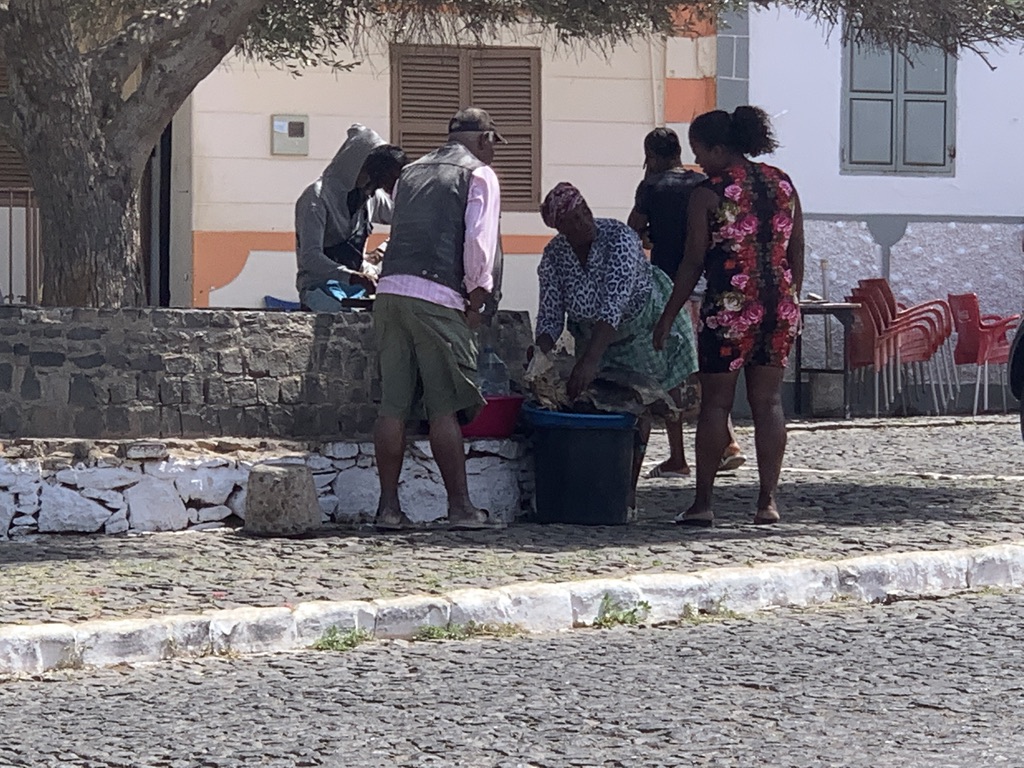
It’s really quiet here on a Sunday afternoon. Even the commotion at the African market has ceased to sleepiness. I wander to the cliff-edge of the plateau and take a few pictures of the presidential palace, the beach and some builders. Strangely enough they’re even working on a Sunday!
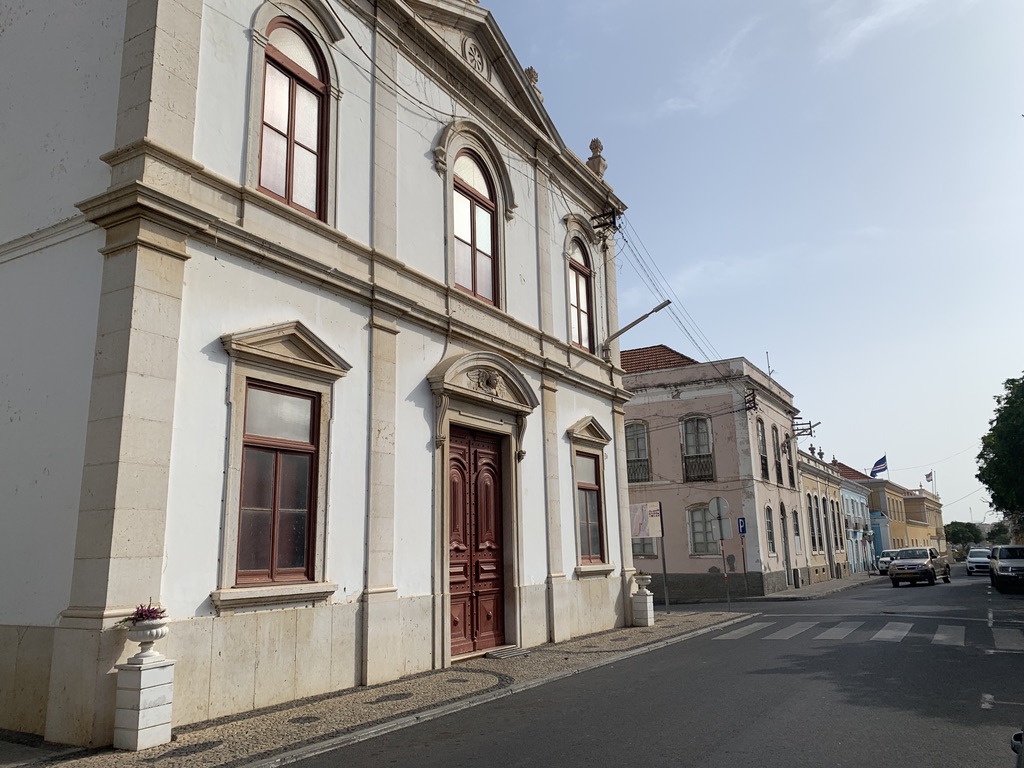
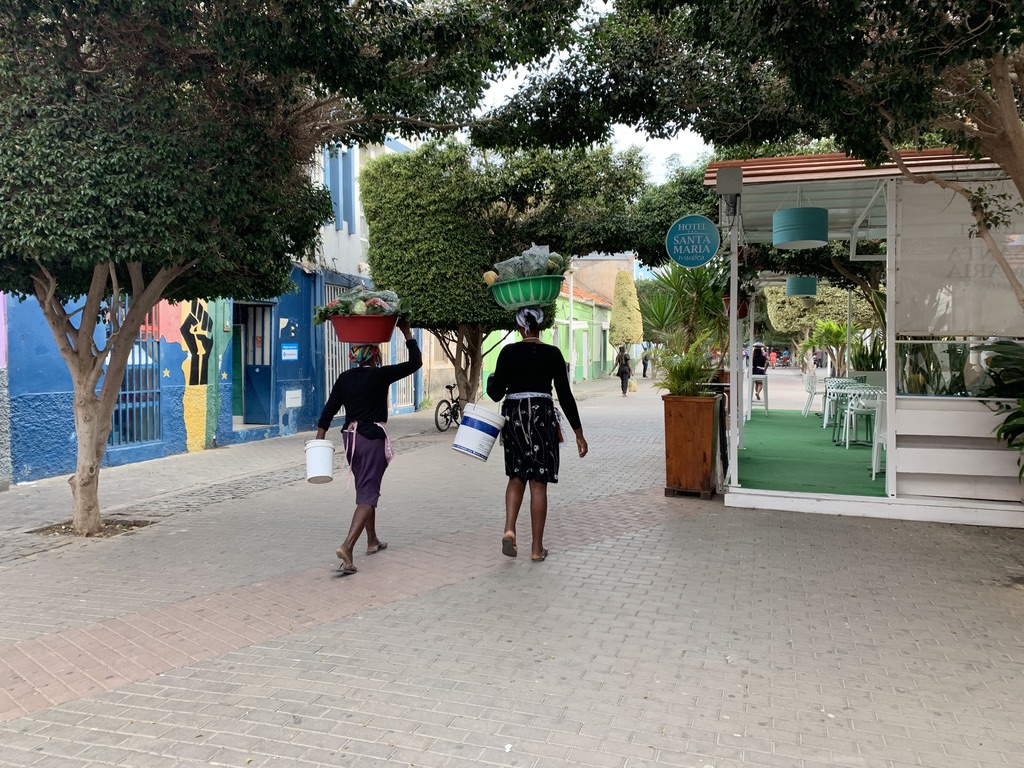
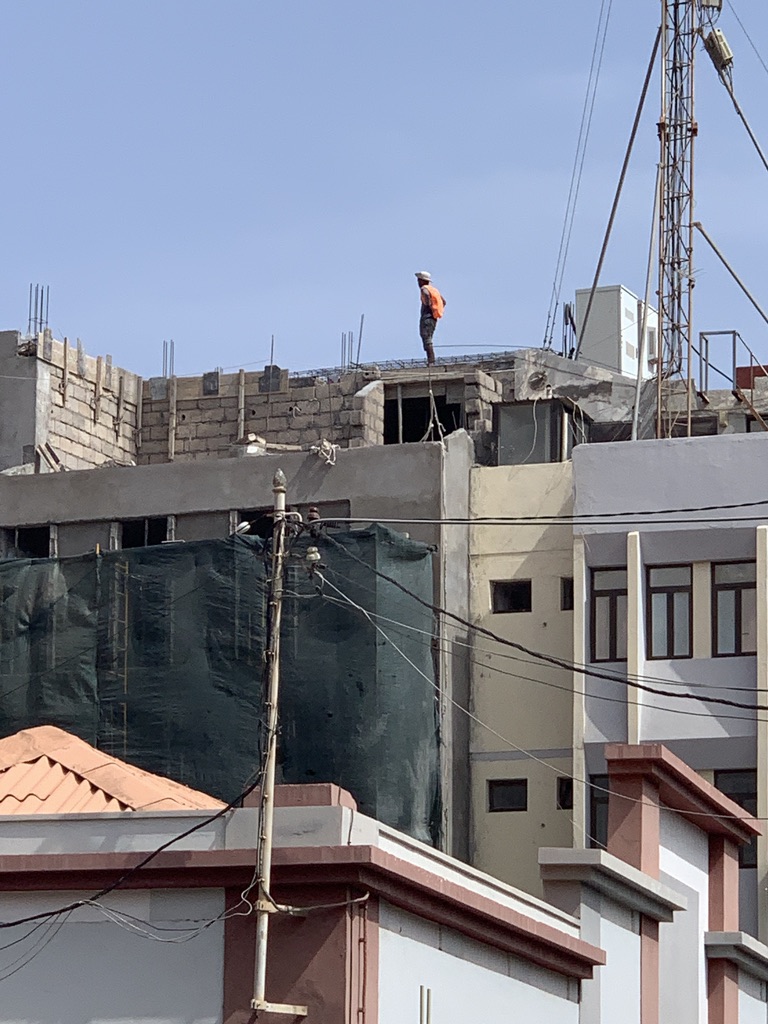
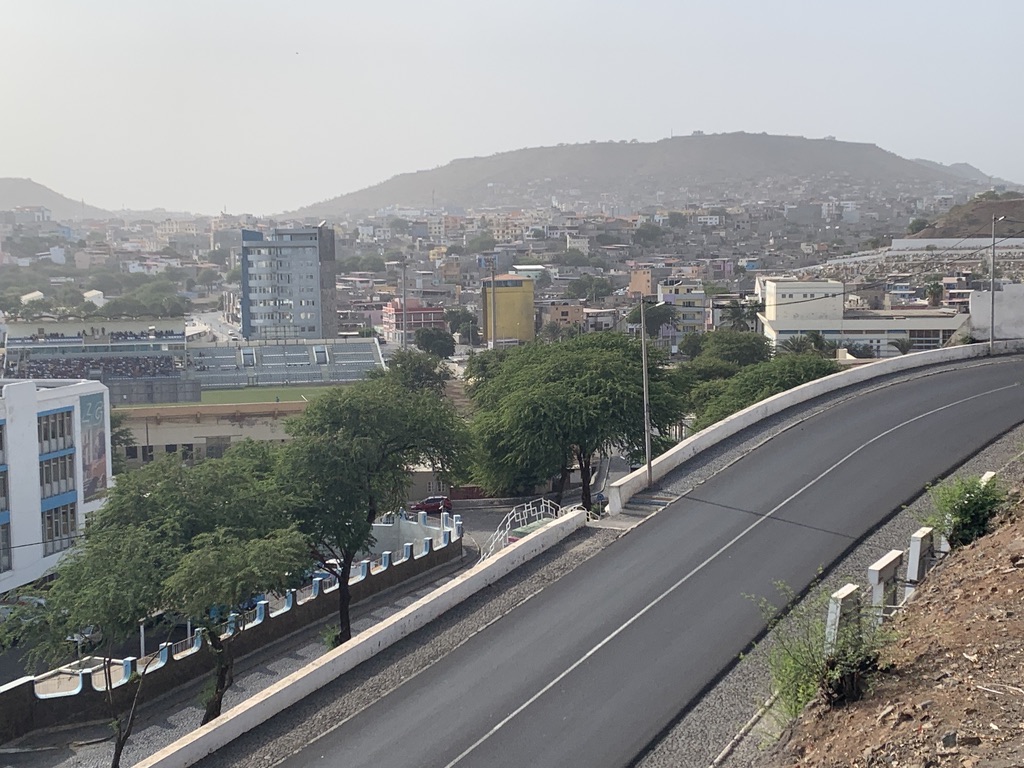
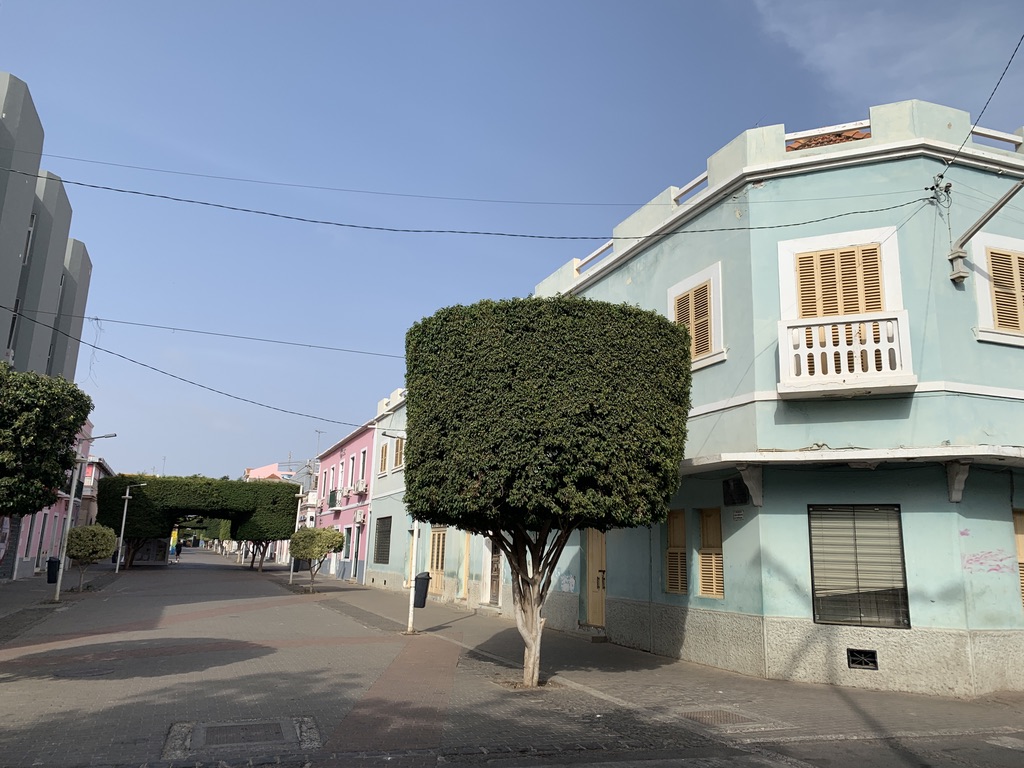
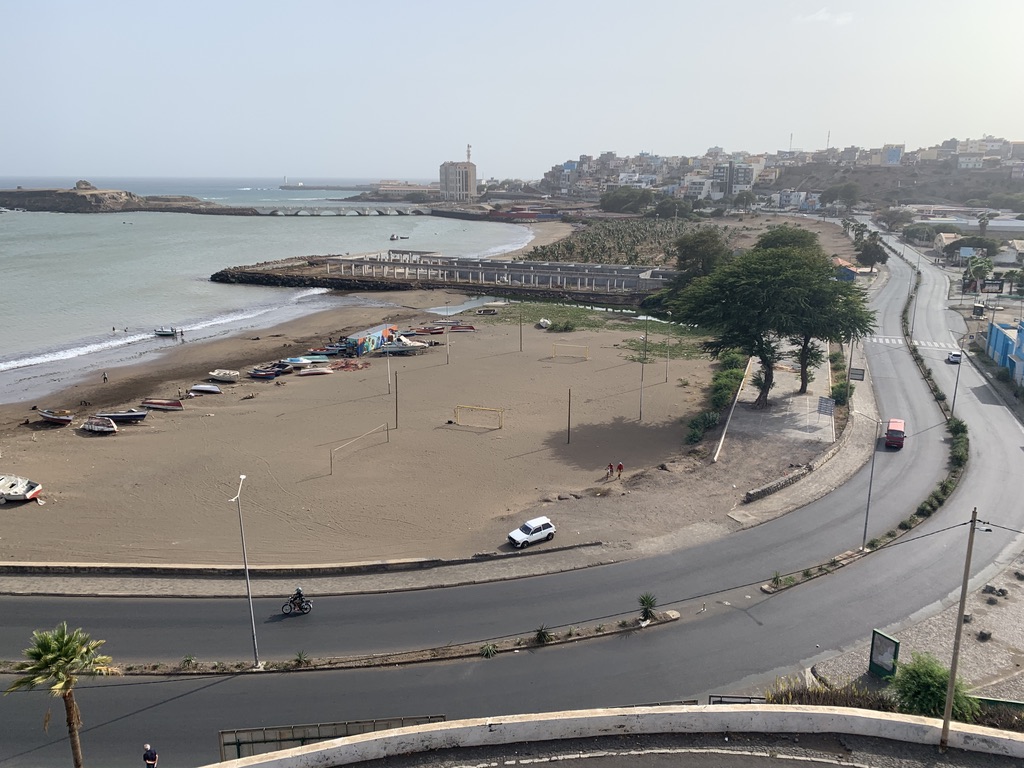

Praia is certainly not my favourite, but I’ve gained another experience and that’s fine. Once again, I sleep badly in my hotel room at Hotel Santa Maria. It’s so nicely located in the middle of the pedestrian street on the Plateau, but the rooms are stuffy with only windows to the inward court or stinky with exhaust air from the kitchen and the ventilation. This time, in my room on the top floor, there are 4 ventilation blocks just outside my window, getting on and off throughout the night and the insistent smell of fried fish mingles with the indefinable smell from the gullies.
Lying awake at night has become rather regular. Suddenly, I hear a plane taking off in the distance. This must be the TAP flight taking off at one o’clock every early morning and on Sunday morning I will be on that flight. So, it’s only one hour after midnight I think, before I regain a light sleep – only to be woken about an hour later, when guests, probably arriving from that TAP flight, check into their room next door. There’s quite some commotion until finally the stillness of the night takes over again.
I’m glad when I realise it’s already past 7h when I finally wake up. My luggage is packed in the next to no time and I’m already eagerly waiting for my driver before the set time.
We have to cross the whole island of Santiago to get to Tarrafal, my last place of visit on this journey. Once again, the road leads quite a bit up into the mountains. When we cross the mountain ridge near Assomada the outside temperature has fallen to 17 degrees and my driver assures that this is really cold for Cape Verde standards. We’ve already climbed again to about 1000m altitude.
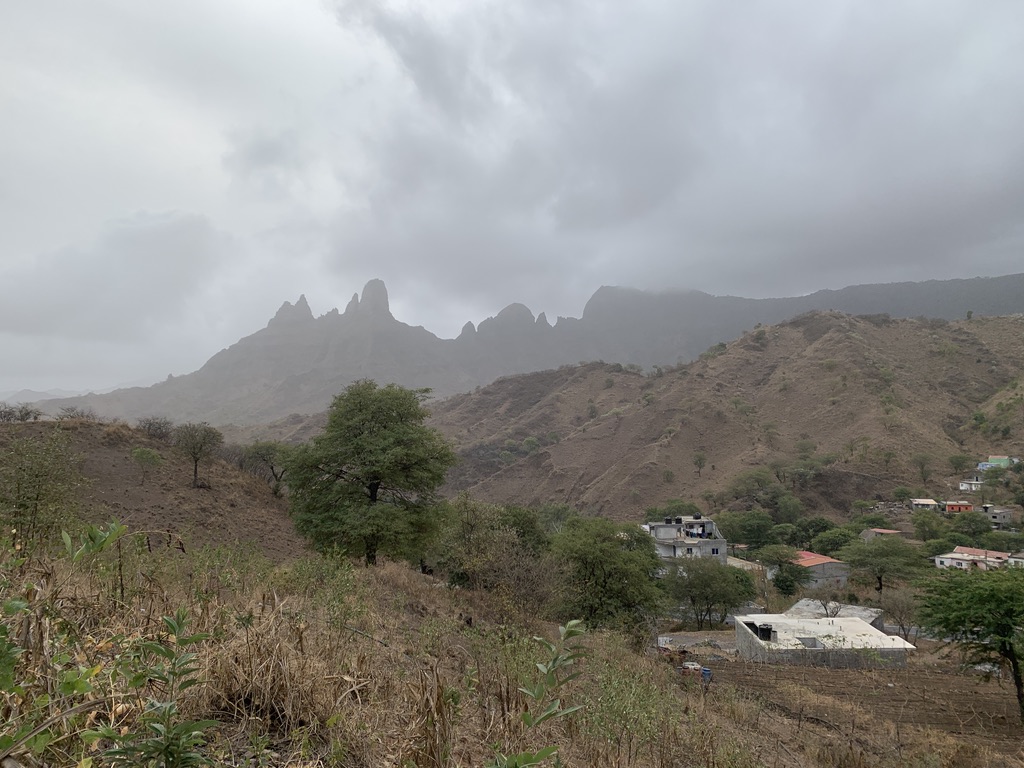
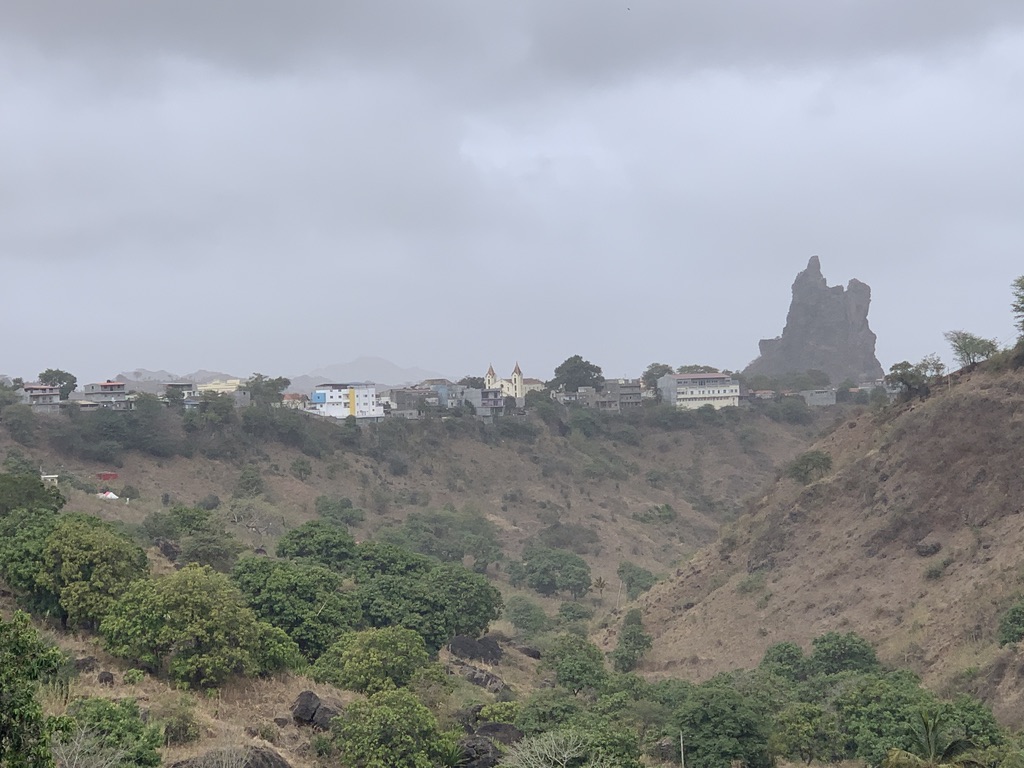
I don’t feel well! It’s probably last night’s pasta. The curvy road doesn’t help. I’m relieved when we spot Tarrafal – it’s bigger than I suspected – and pull up in front of Casa Strela. First, I’m a bit disappointed about its location at the outskirt of town, but I’m ravished by its inside! It’s extremely nicely furnished, not overly, just trying to match the tropic, Creole style, with simple but comfortable bedstead and mattress, simple shelves and there’s even a small folding table in my room.
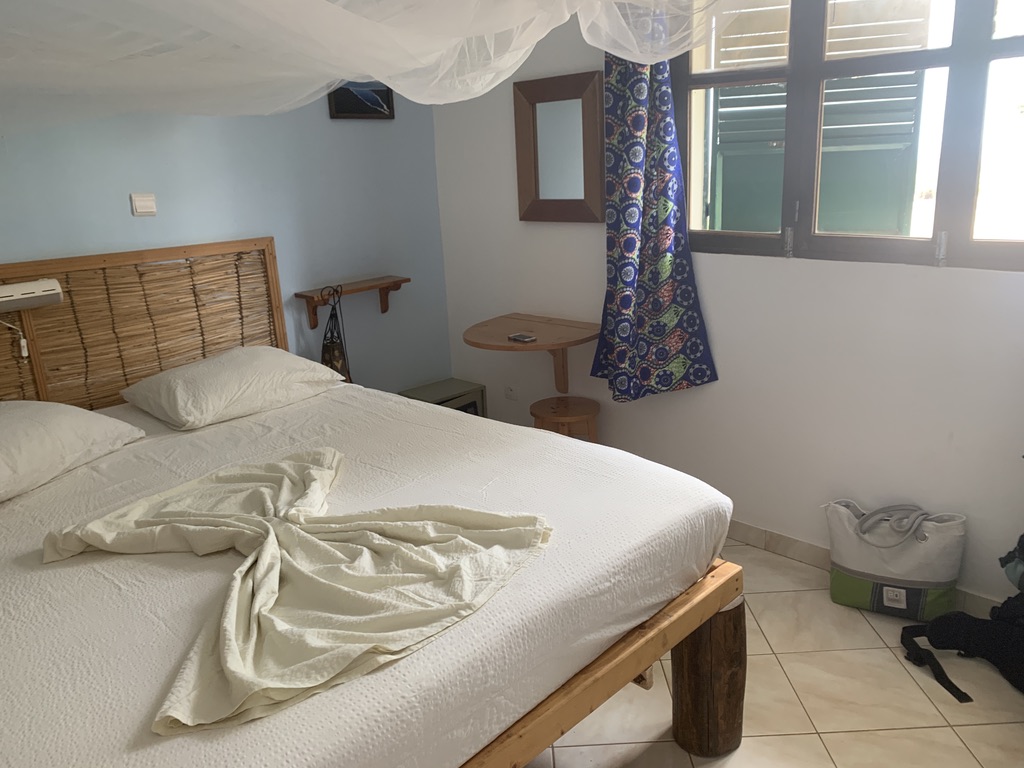
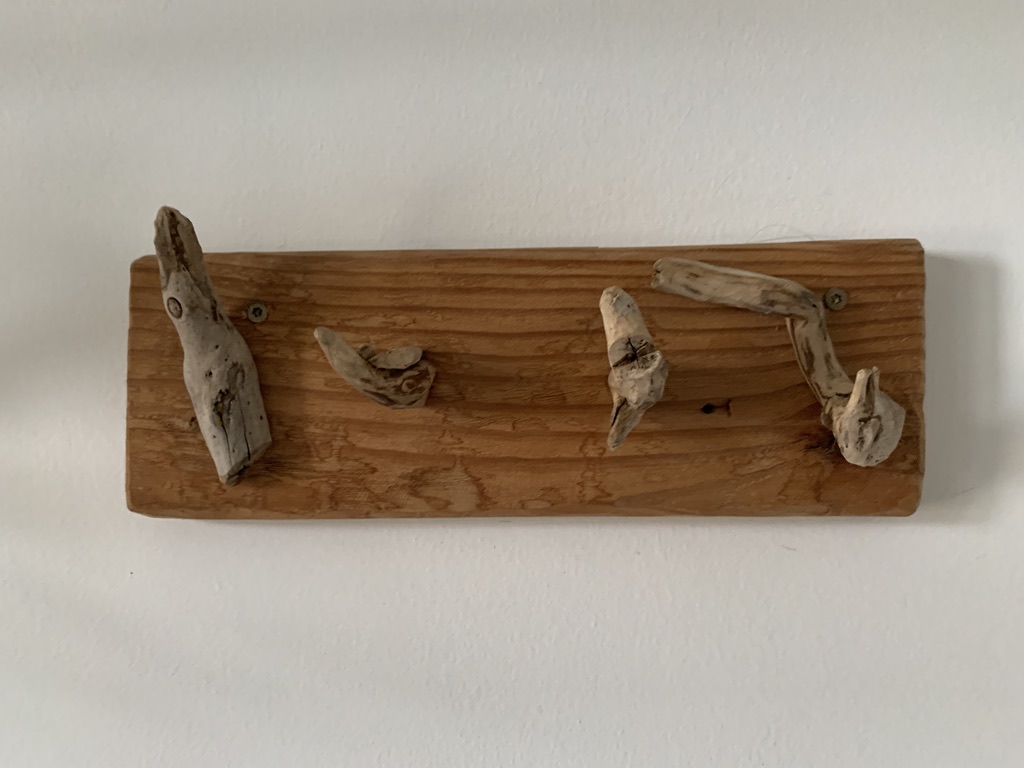
Breakfast and other meals are served on the roof top terrace. A wonderful place to be, read, work a bit and relax – spend my last days on the Cape Verde islands.
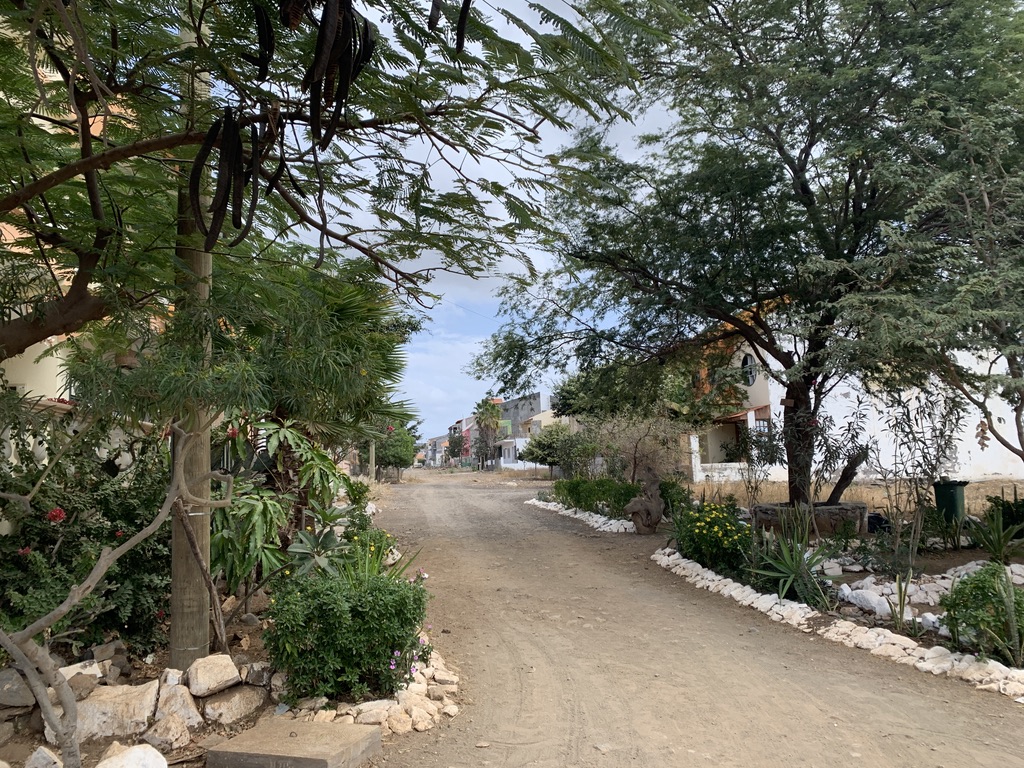
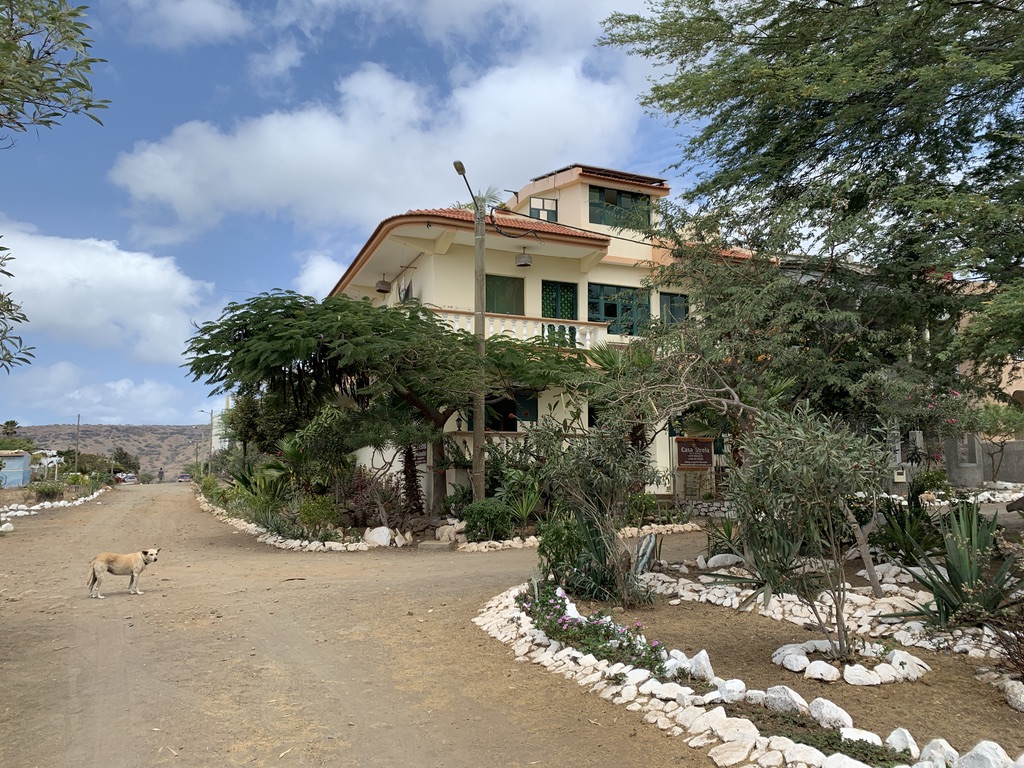

Later in the afternoon I stroll back to what had seemed to me the centre of town. This again, is a strange place. There are some outstanding beautiful houses with large balconies and terraces, but most of them are either not finished or at least not painted. Someone explained to me that people do not have to pay taxes unless they’ve painted their houses – and this is probably the reason why there are so many unpainted and thus seemingly unfinished houses. All of which gives the villages a rather run-down look, as the difference between unfished and neglected is not always distinguishable at first sight.
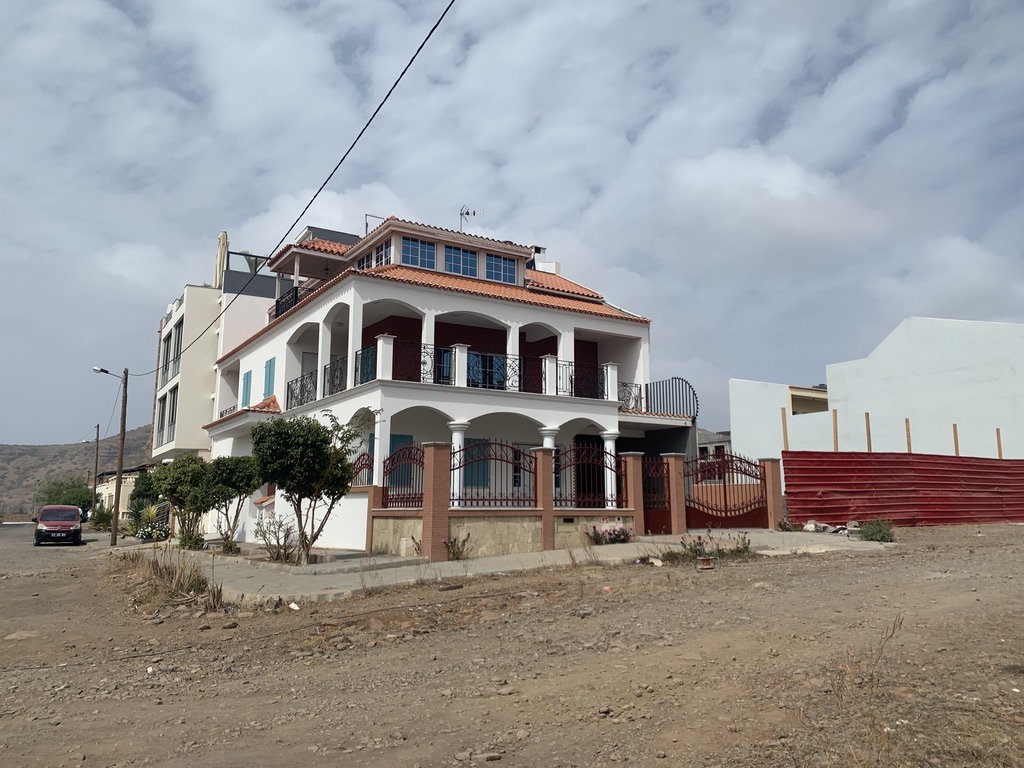
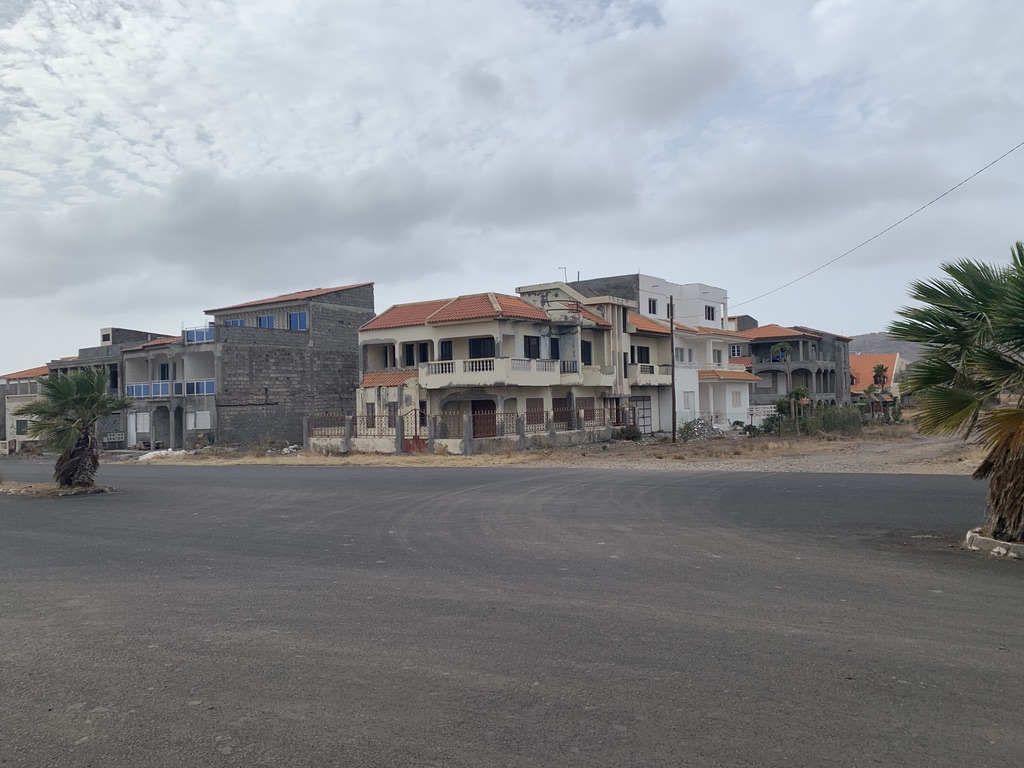
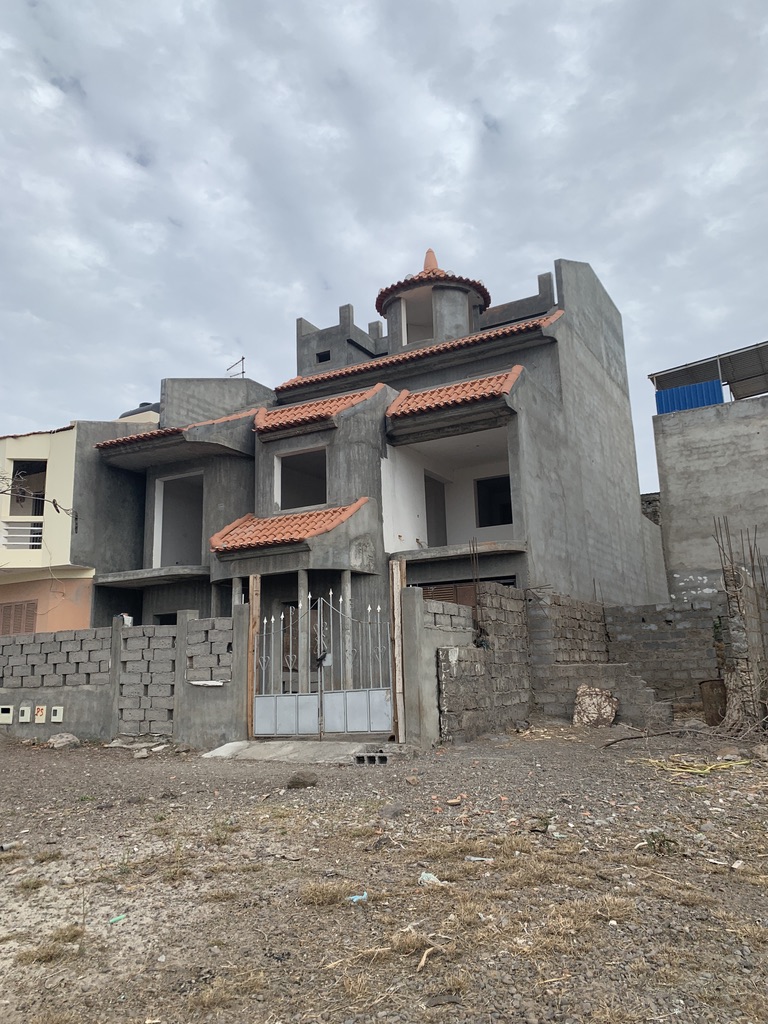

Many true building sites line the once again cobbled roads. Someone told me, a lot of Cape Verde people living abroad would try to build a house around here, sending money when ever there is a bit saved to go on a little with the project. That’s why many houses are in a perpetual state of creation.

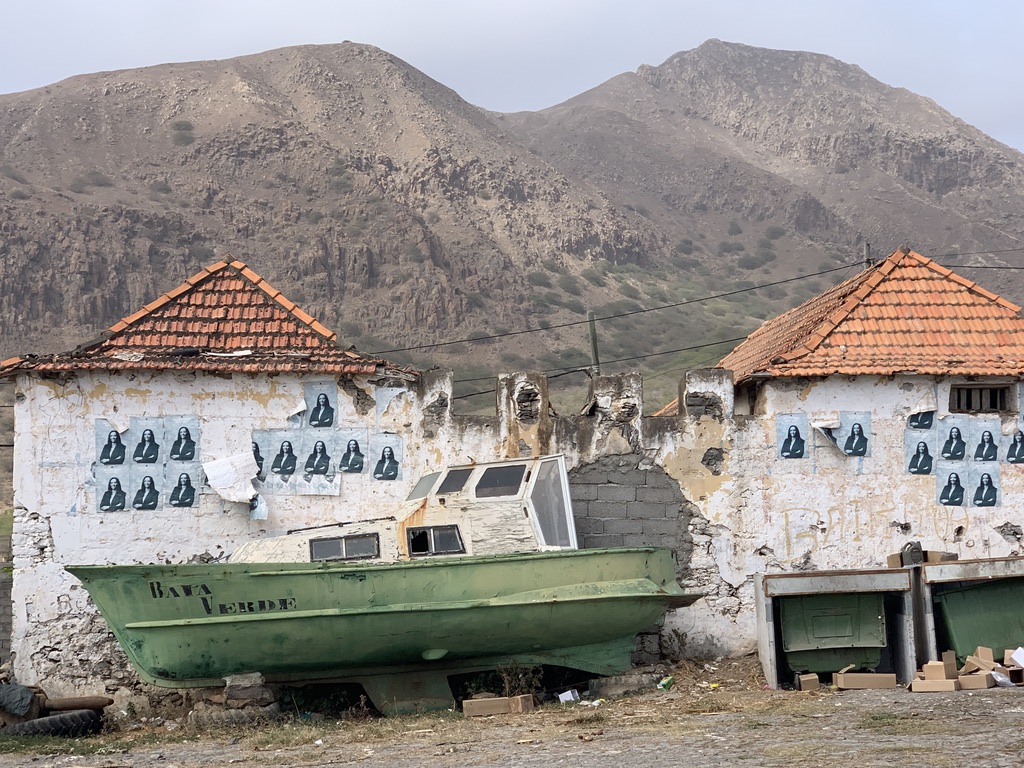

The place reminds me of the outskirts of Agadir, Morocco 20 years ago. There were signs of future streets to be realised, like lampposts. Also, plots could be identified. Yet, the place was still an uninhabited section of land. Today, it has changed. The plots in Agadir have become pricy and almost every single has been built on. Whole quarters have been erected giving the area a completely new look and feel. This will probably be the case with Tarrafal as well in a few year’s time. And Casa Strela, which is already fully booked, will be only one of many nice guesthouses.
There is an inviting palm-tree bordered beach in Tarrafal – yet not one single person bathing or sunbathing. I meet the couple from my guesthouse in hiking-shoes again – and we greet in a kind of embarrassed way, as if we had not intended to see each other as soon again. I walk past the secondary school. Some lads are playing football in the schoolyard. The fence around it is mutiply broken.
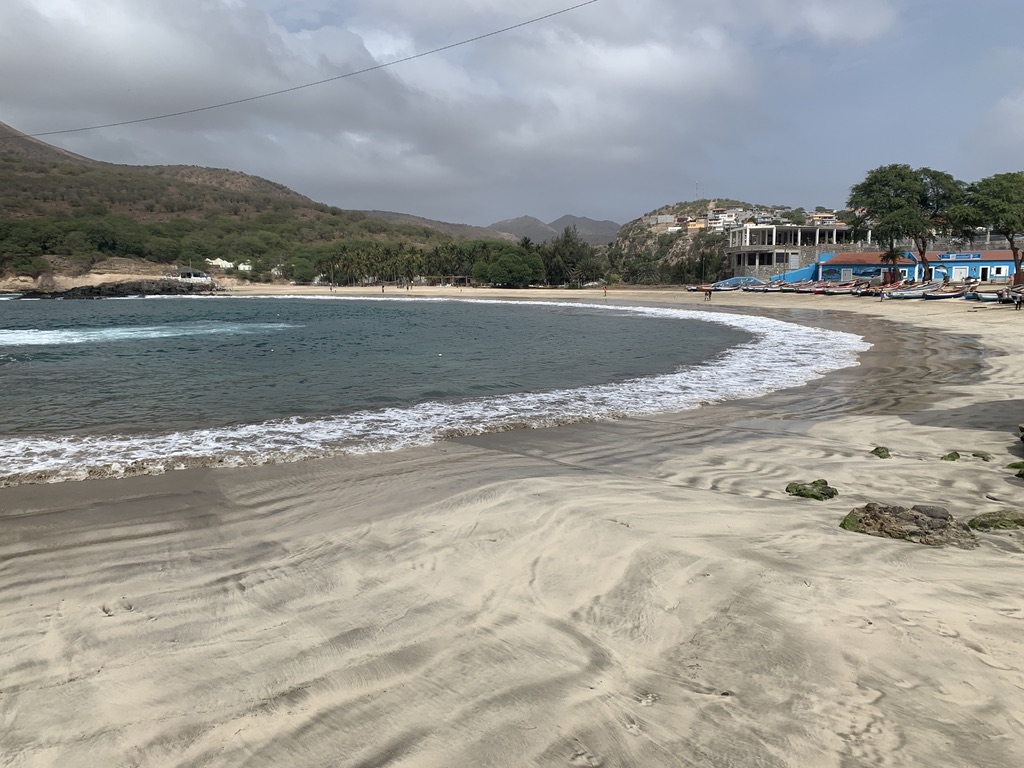
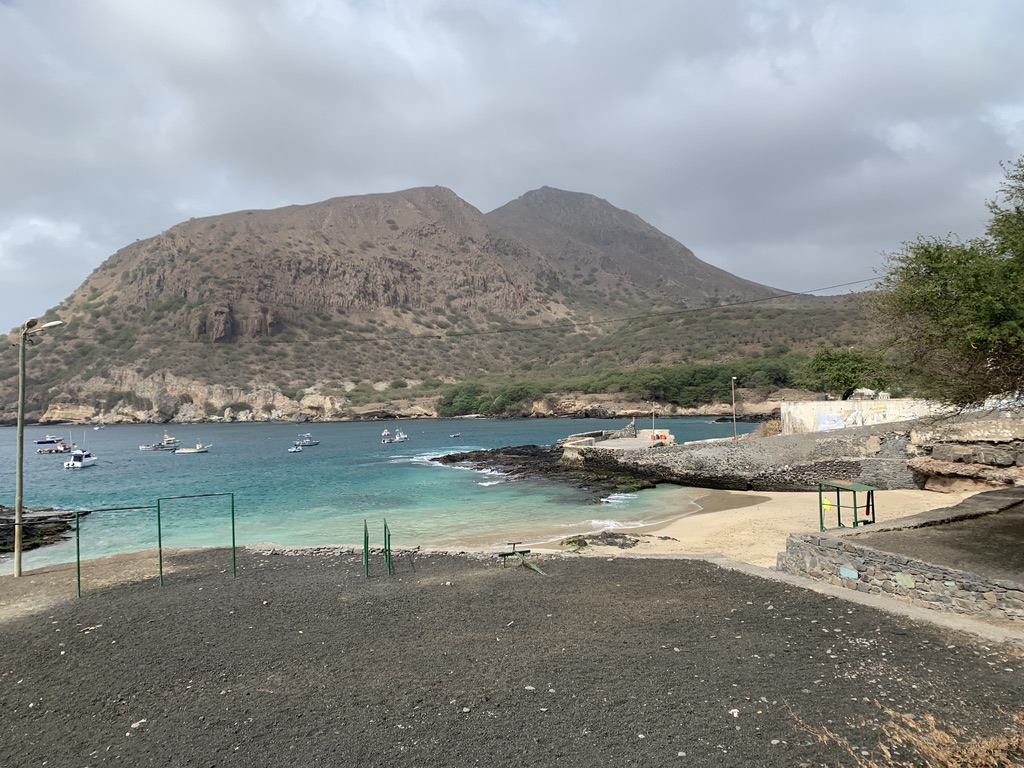
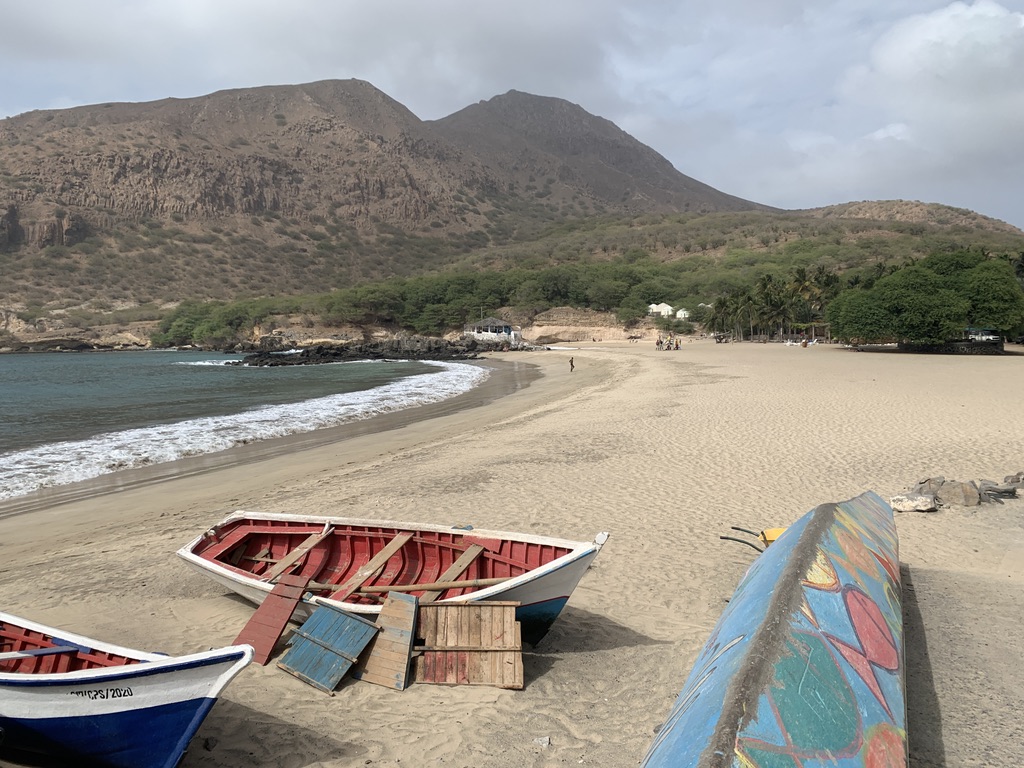

In a café I meet a young German maths-teacher – was it Tom? – who has escaped the cold Berlin winter to teach online from here. He’s almost stayed for three months now and is not tired of the place yet. I wonder how? Yet, he admits, without the teaching he would probably have become bored long ago. I have detected this notorious faint touch of a Communist past here on Santiago, probably most similar to Cuba – sharing the sunny Caribbean atmosphere of it.
My tommy is still upset, and I make my way back to the hotel. I will not go out again tonight, but a German-French couple invites me to join their table at dinnertime. She smokes like hell and even though I like to chat with someone I don’t like to be exposed to the smell of cigarettes anymore. She’s not happy as she’s to leave the next day, but she seems not to be a content person anyway.
I feel like staying in this wonderful place and start working as much as I can online. I’m also almost halfway through my latest book – “The Reluctant Fundamentalist” by the Pakistani author Mohsin Hamid. This is also what it was meant to be: Finally having time to read a few books that I could either use in class or at least add to my reading list. And finally, I’ve made it through a few of them!
I’m lying in my cosy bed listening to the surf of the nearby sea. – In the morning there’s the chirping of some African birds joining in. I like it a lot!
